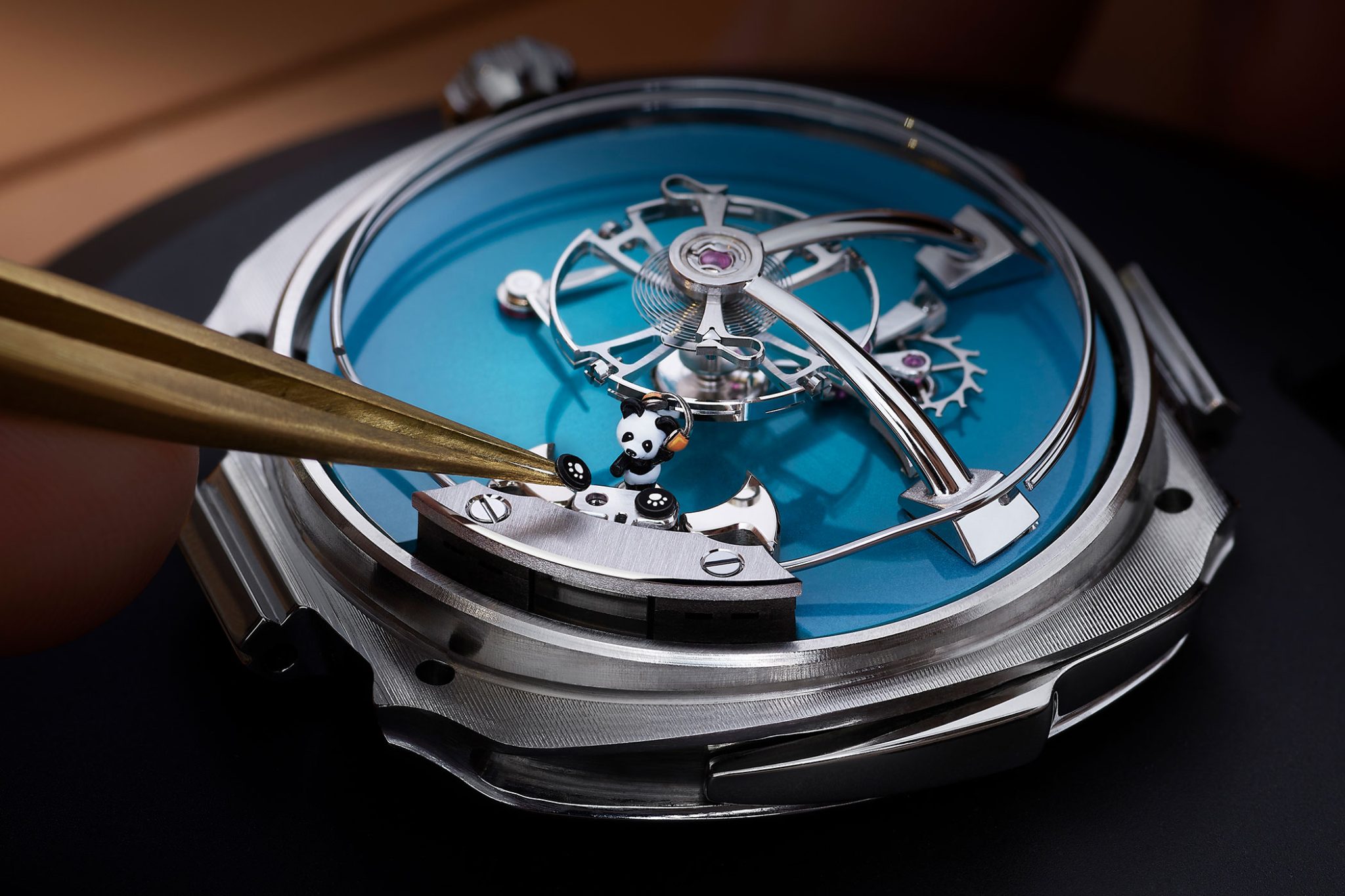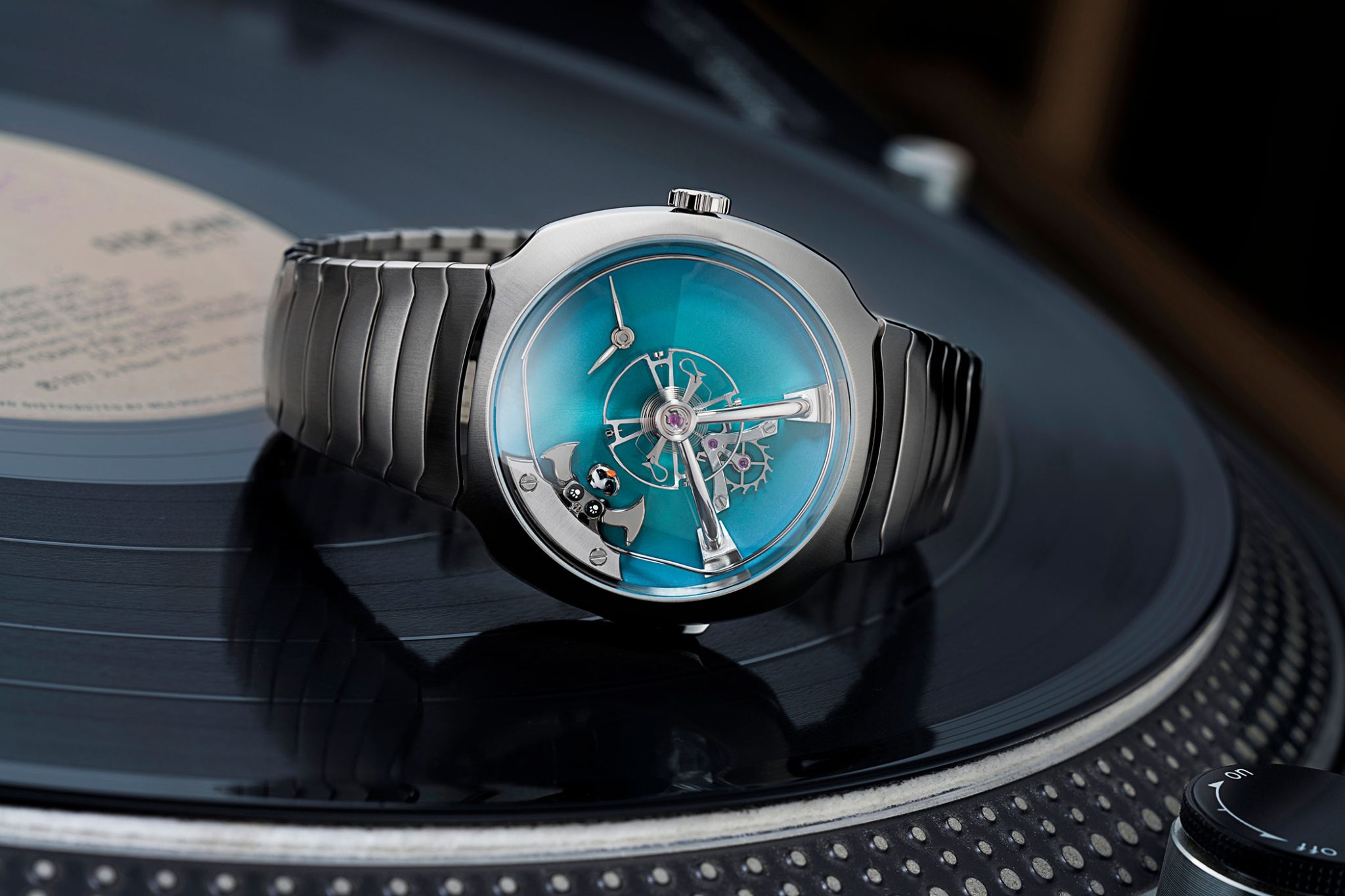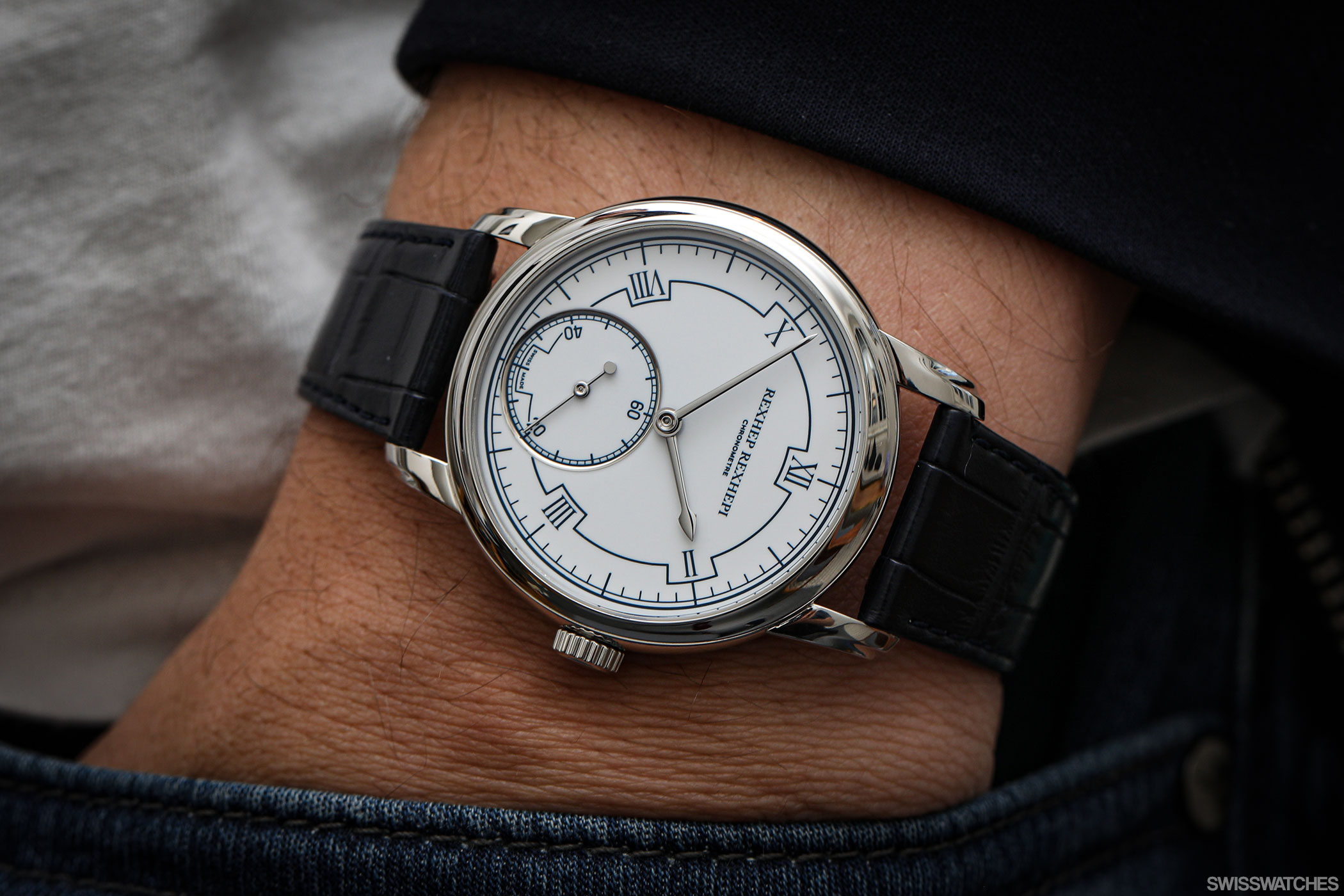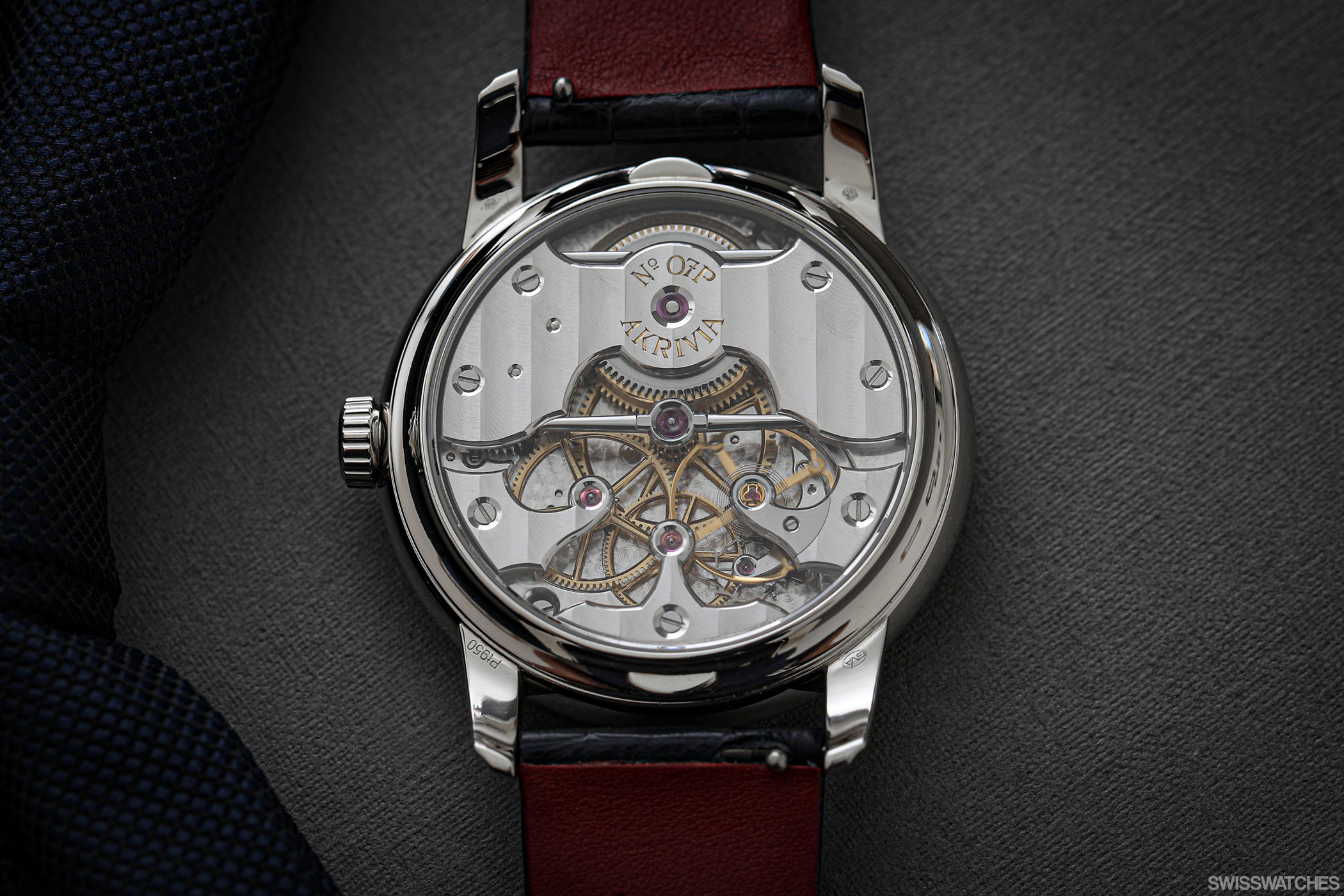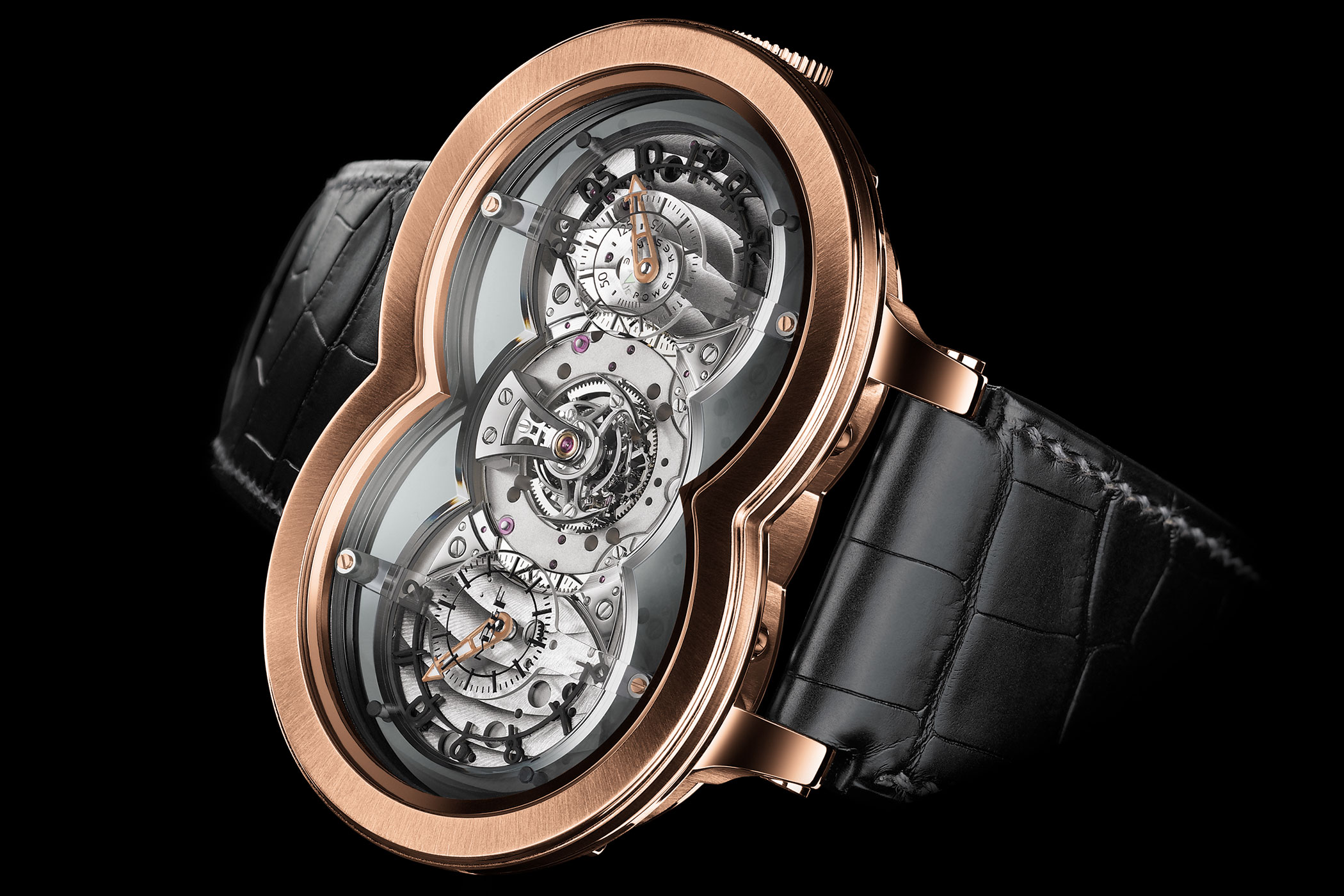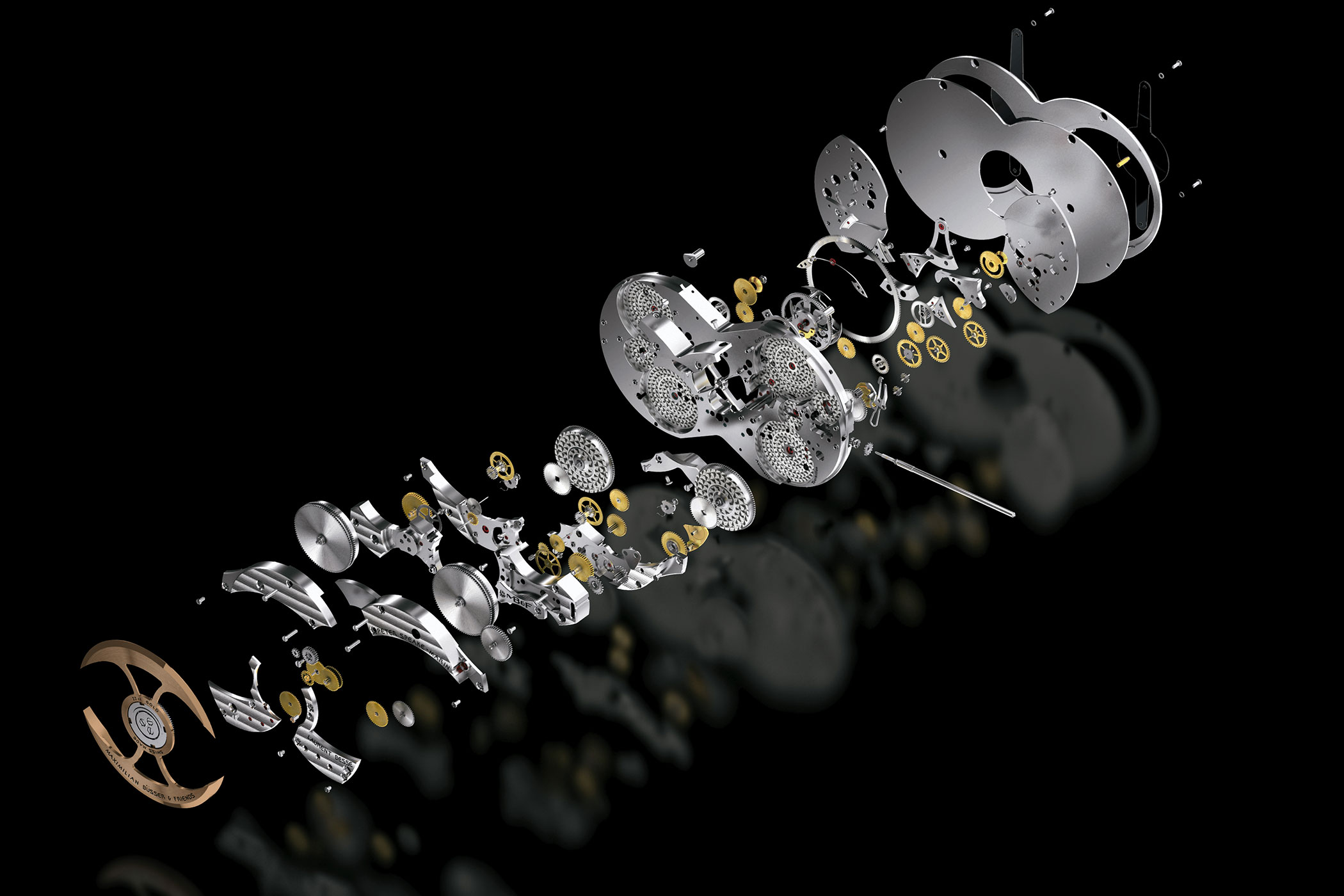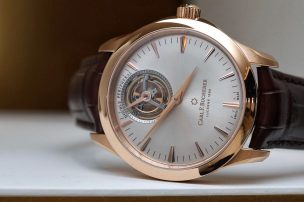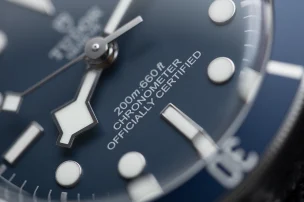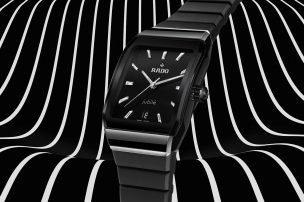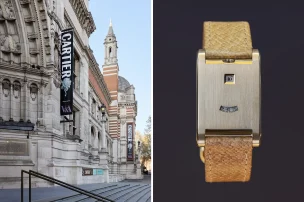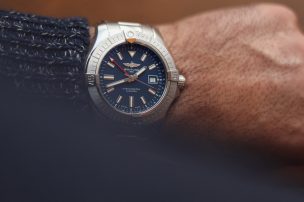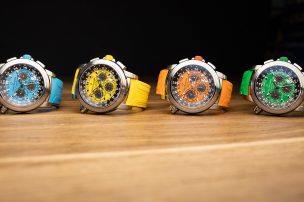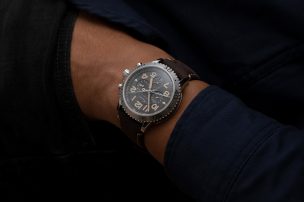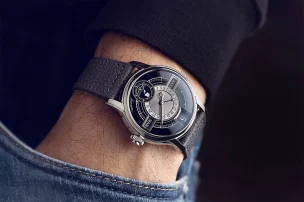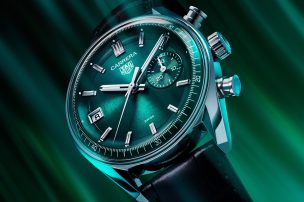
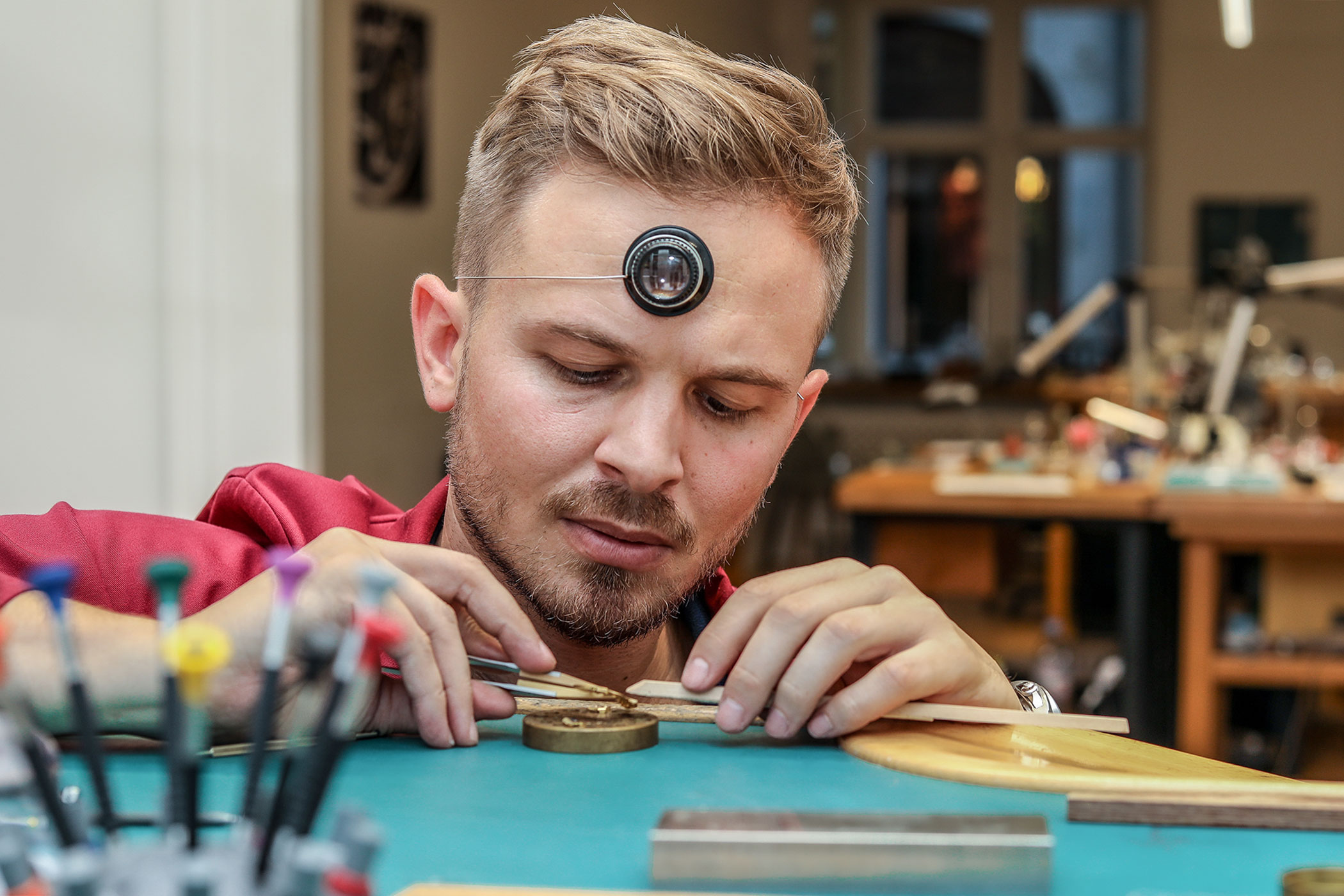
An Introduction to Independent Watchmakers: Who to Watch Out For – Part 1
To those relatively new to watches, the term ‘independent’ can often appear to be thrown around like a cheap joke on Christmas Day, making them wonder what on earth the term actually means? Patek Philippe and Audemars Piguet are privately owned watchmaking firms and so, at least in a business sense, ought to be considered independent. And they are, in a business sense. But that’s not entirely what it means to be an independent watchmaker. Although being privately owned is a fairly important part, independence is also about the size of the watchmaker and production numbers, along with the processes used in creating the watches. This is what it means to be able to produce watches independently of most controlling factors: it gives the watchmaker full control.
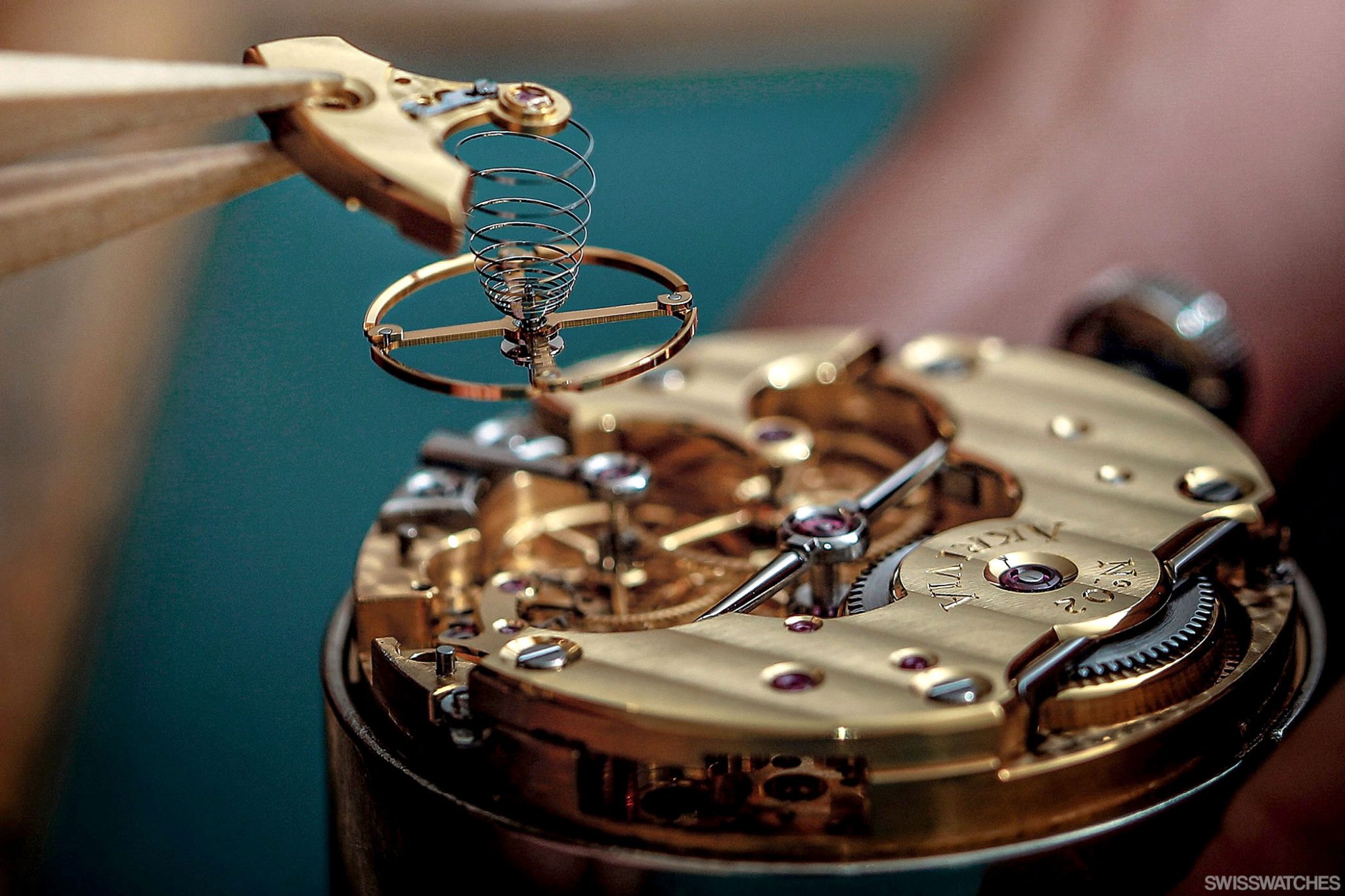
What do independent watchmakers offer that the larger brands do not?
When we break down the processes of independent watchmakers, we see a much more artisanal and labour-intensive approach to production. Man hours are key, and machines are only used to assist the watchmakers, rather than watchmakers to assist the machines.
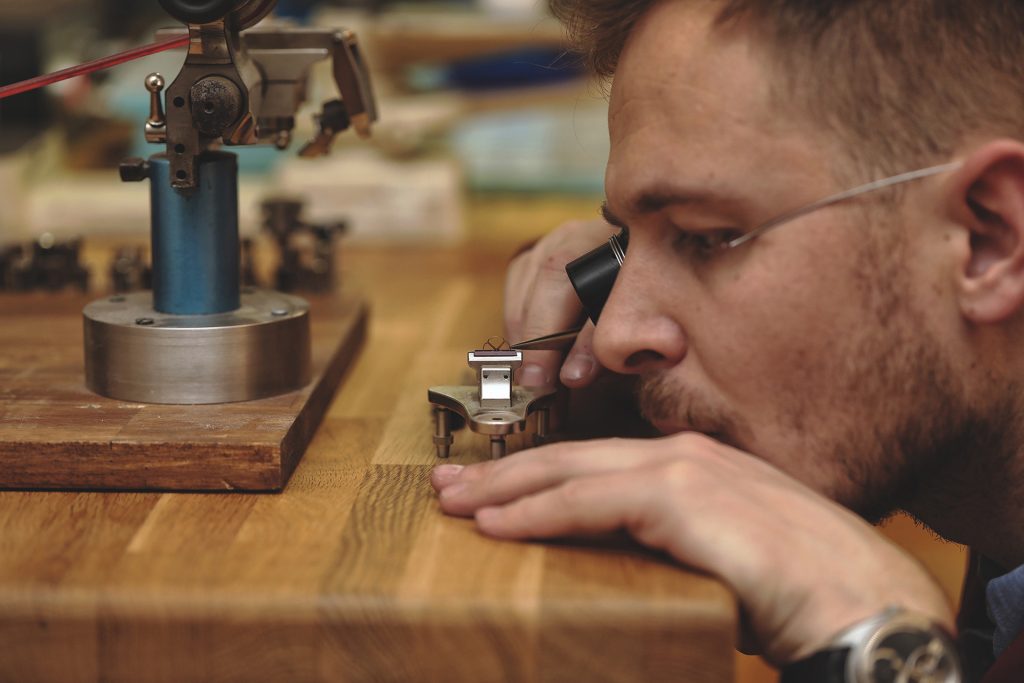
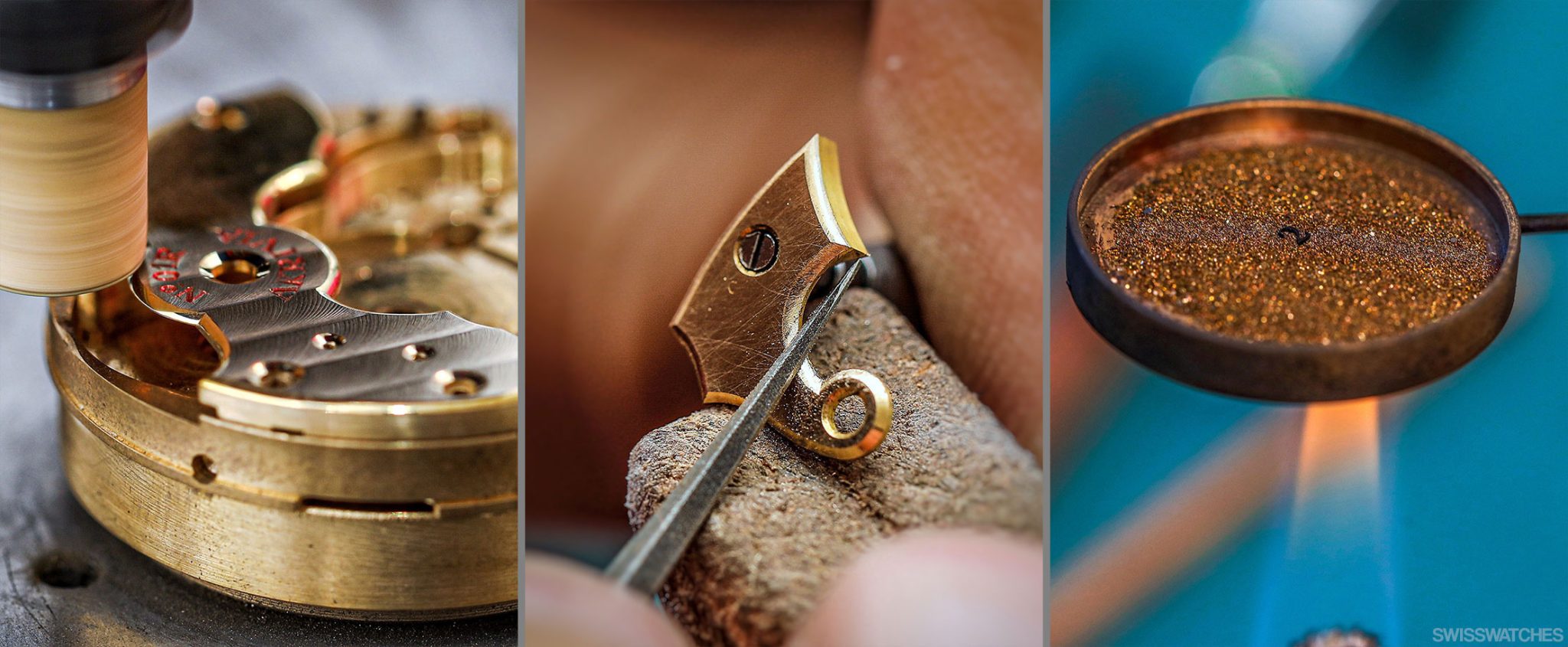
Cases are polished and brushed by hand rather than machine finished, frosted surfaces are achieved with special tools rather than with a sand-blasting approach, and movement components are beveled with the steadiest of eyes rather than a faultless laser. You’re probably wondering if this results in the finishing to be less precise?
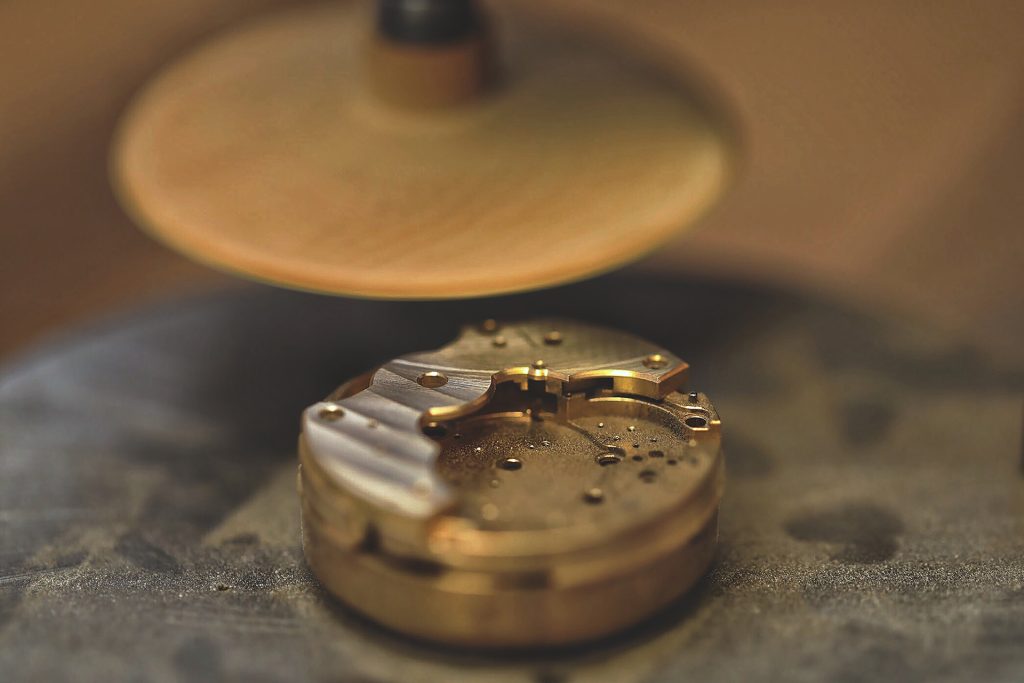
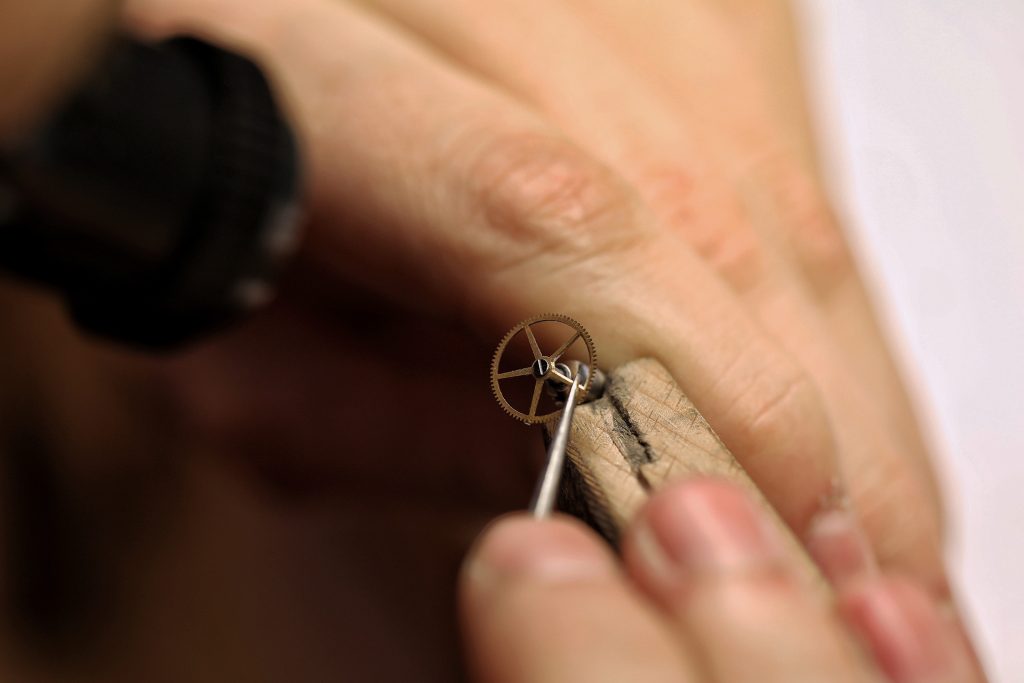
In some regards, yes it does, but that is the hand-finished look that top collectors are after when purchasing such an expensive piece. However, more importantly, when a watchmaker bestows hand-finishing to a piece, he goes the extra mile to finish parts of the watch that a machine couldn’t reach. It’s only the hand-finished pieces where watchmakers bother to bevel edges of the movement components that aren’t visible without disassembling the entire watch. This is because they are making a commitment – and this is what a client pays for.
Independence also allows for greater innovation when it comes to design. The small production numbers and client pools allow the watchmakers to take risks when designing their pieces without having to commit to enormous production runs and worrying too much about how it may affect their brand image. For all intents and purposes, they build what they like and how they like.

F.P.Journe, Rexhep Rexhepi, Maximilian Büsser
In part 1 of our series we start with three independent watchmakers that offer unique and attractive watches bearing resemblance to the great pillars of independence.
Akrivia
Nestled in the beating heart of Geneva old town are the famous Akrivia workshops, home to talented 36-year-old watchmaker Rexhep Rexhepi and his team of around 20. After training as an apprentice with Patek Philippe from the age of 14 and going on to work for legendary independent watchmaker F.P.Journe, Rexhep went on to start his own firm in 2012. Inspired and influenced by the likes of George Daniels, Breguet and of course F.P. Journe, he knew he wanted his first watch to be a tourbillon, and so it was. One year after he founded Akrivia, the AK01 was born: a tourbillon with a mono-pusher chronograph and an impressive 100 day power reserve. Quite impressive for a first piece, if I do say so myself. Since then, the Akrivia line-up has continued through to the AK06, released in 2017 as the first timepiece in the collection without a tourbillon.
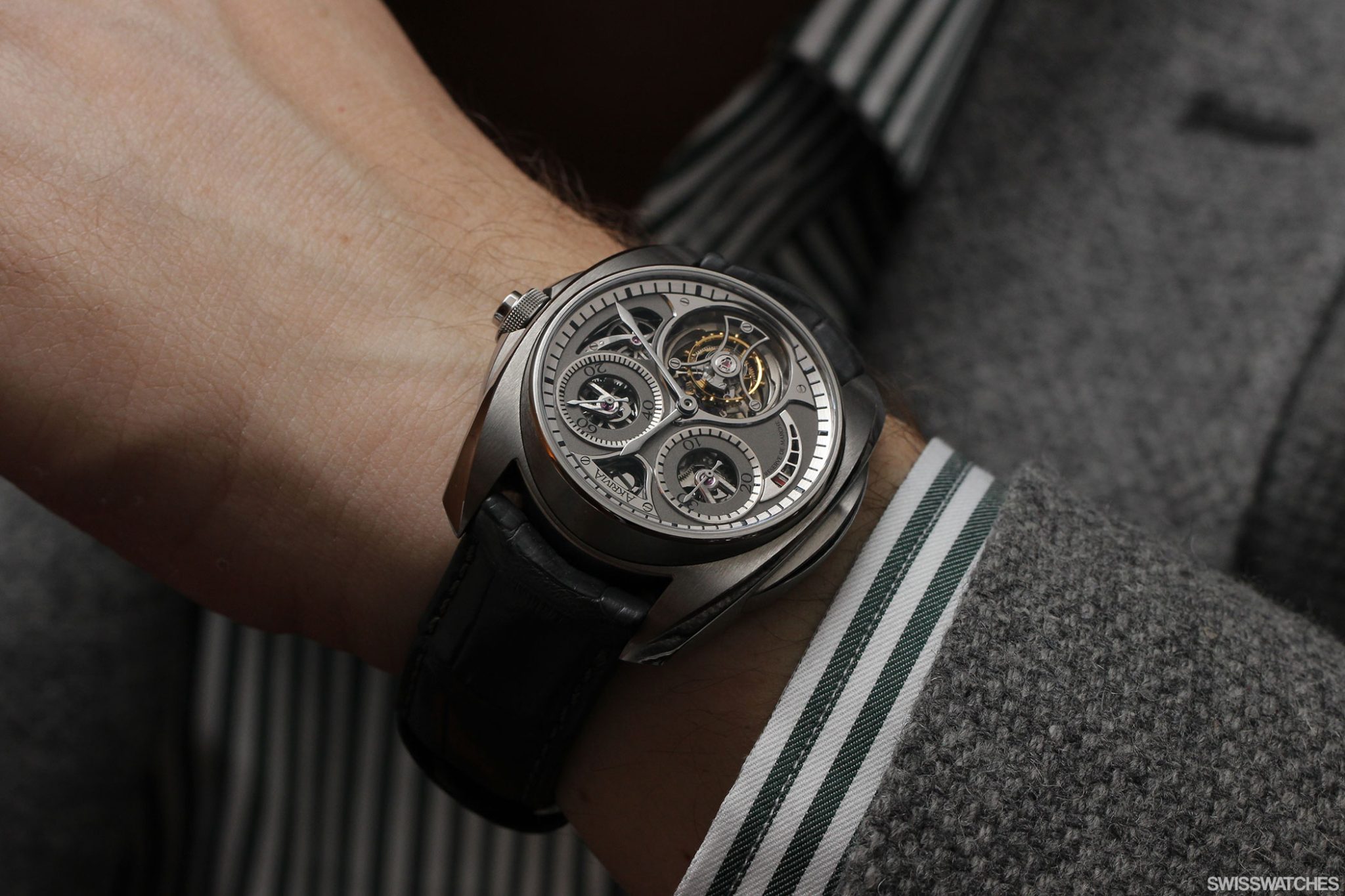
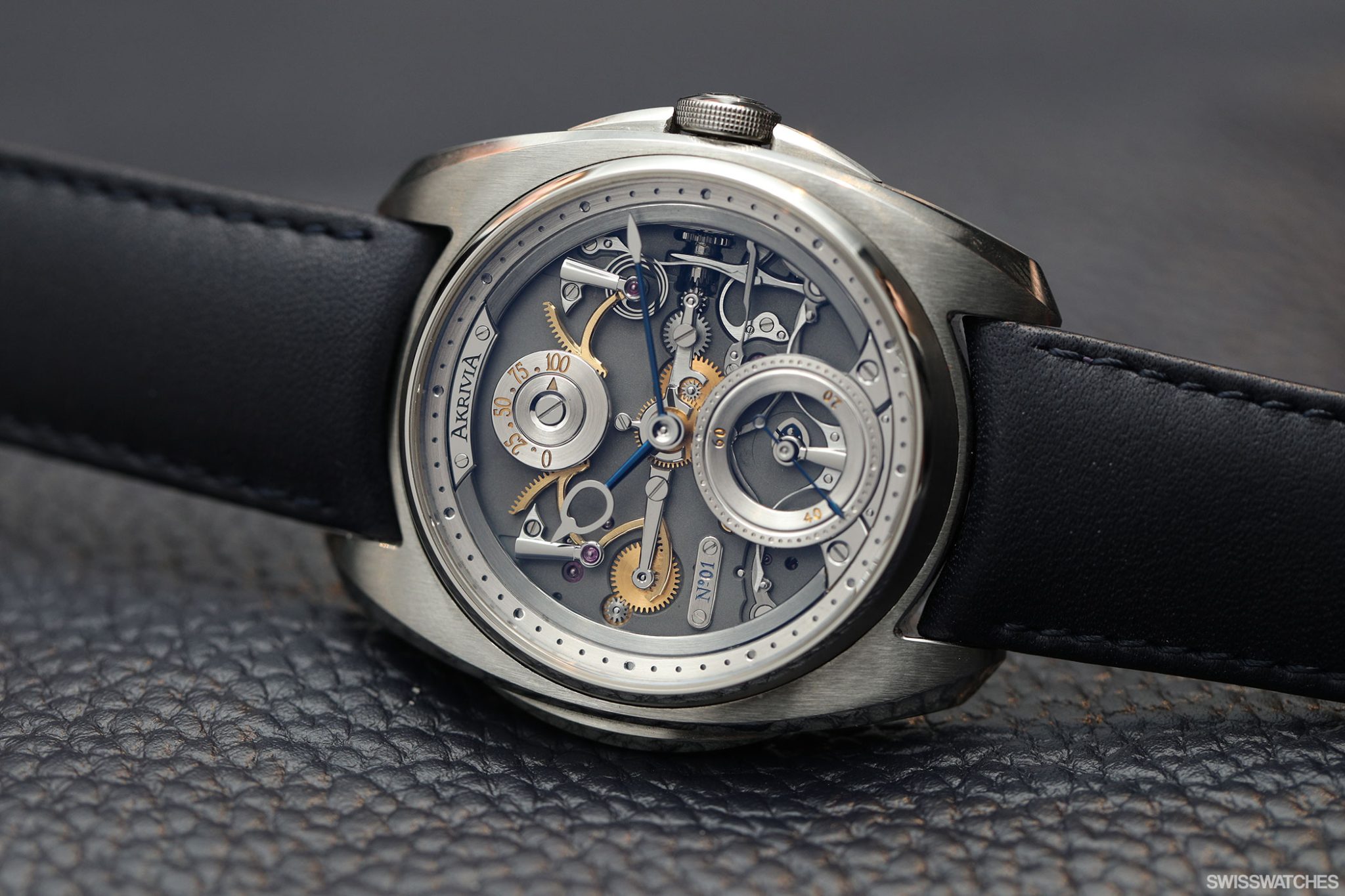
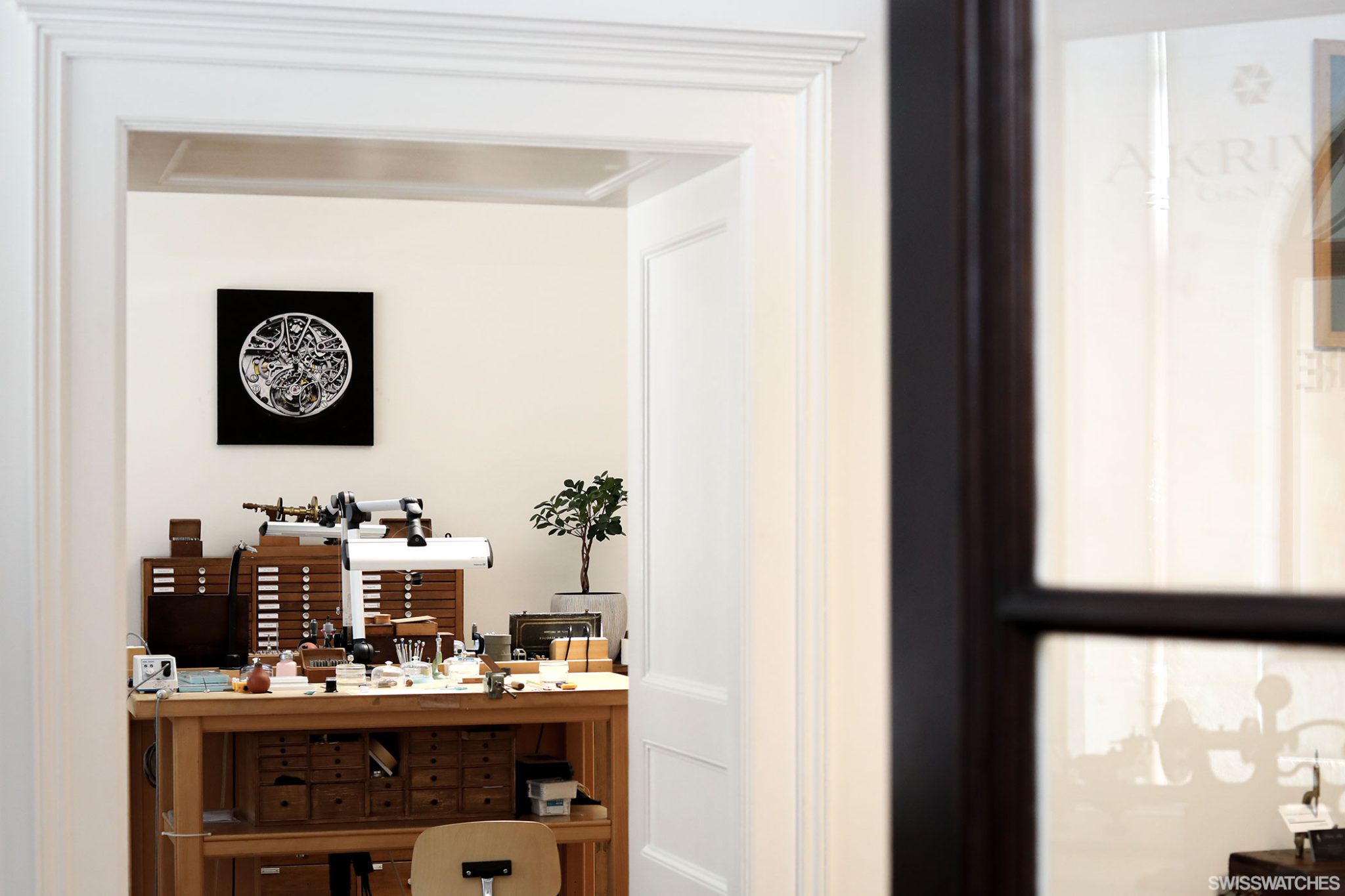
Atelier Akrivia in Geneva
Rexhep has added to the brand by also creating a collection of neo-classical styled watches signed Rexhep Rexhepi, with the first being the Chronomètre Contemporain I in 2018. This was also Akrivia’s first year at Baselworld watch fair, which helped put Rexhep on the map as the young and talented independent watchmaker that he is. He has since gained a huge amount of industry recognition and gone on to produce the Chronomètre Contemporain II in a limited series of 50 watches with a rose gold 5N case and an ivory-colored grand feu enamel dial, as well as 50 watches with a platinum case and a black grand feu enamel dial with “grave-gratté” on the sub-dial for seconds. Back in April of this year, I had the privilege to see piece number 20 at the Hong Kong Watch Auction preview, which later went on to fetch an astronomical USD 922,550 in May.
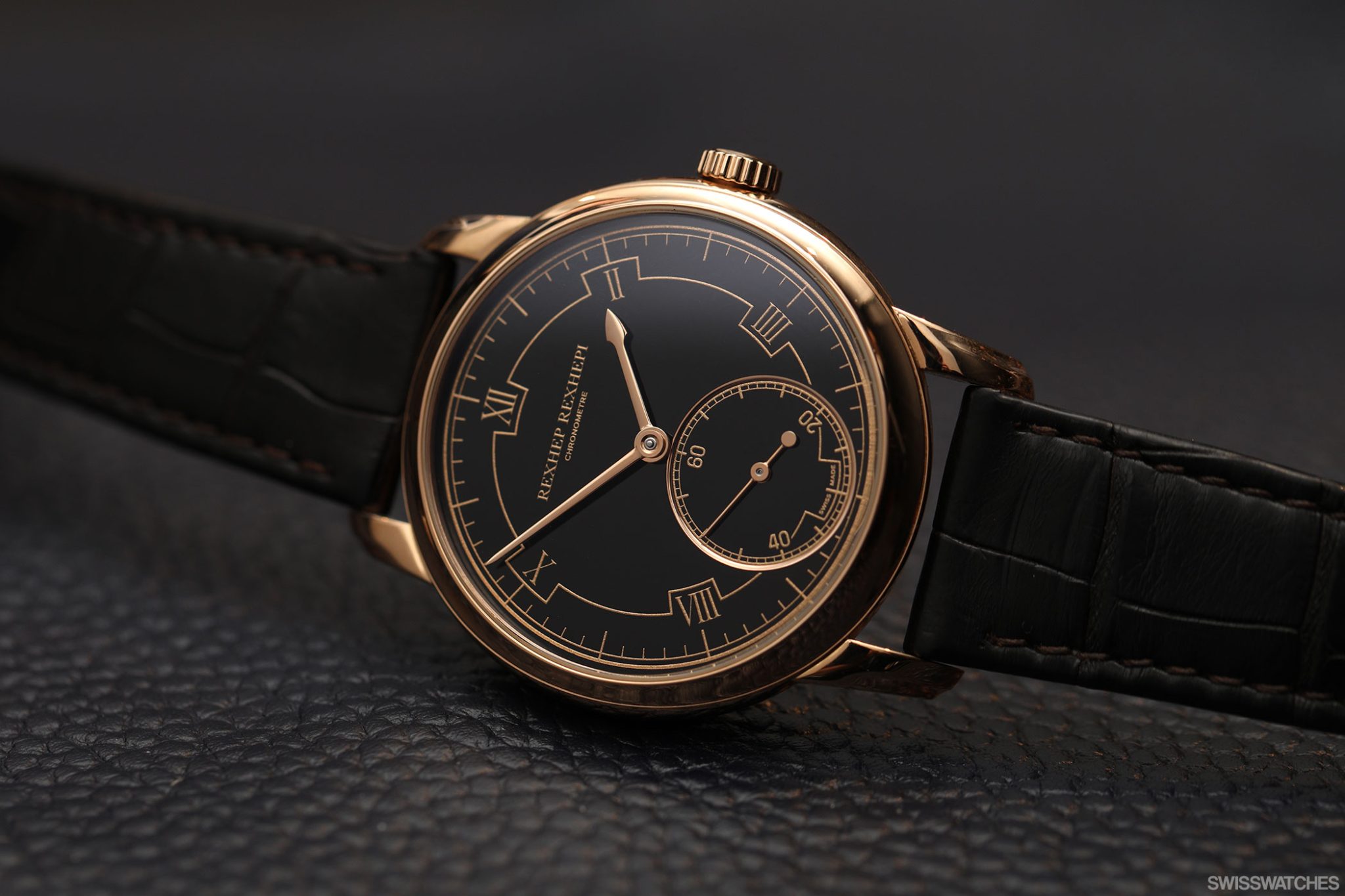
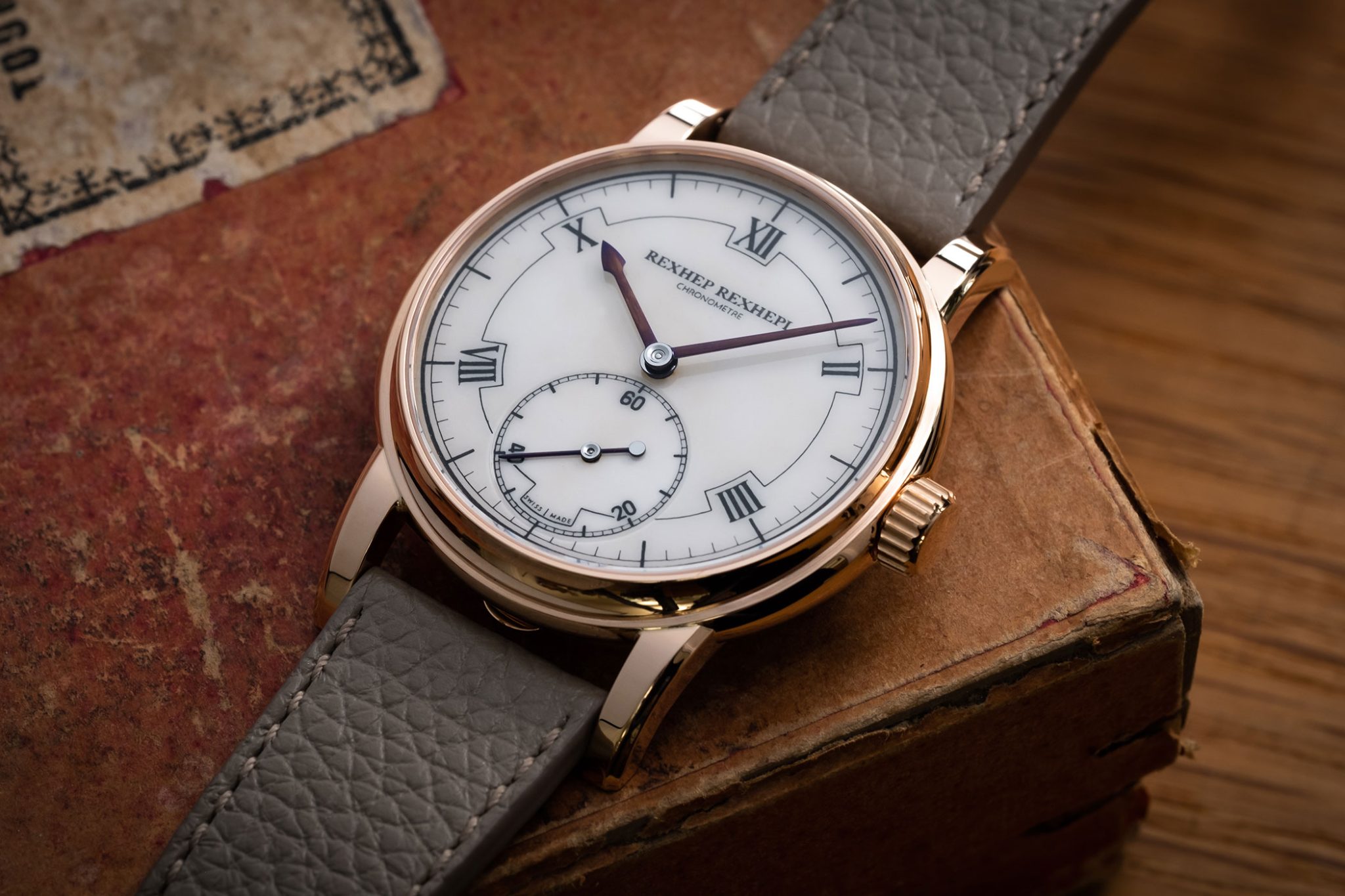
The cases for the Chronomètre Contemporain collection are built by legendary Genevan case-maker Jean-Pierre Hagmann, whose desk sits across the road from the main building in the components workshop. Hagmann still uses all traditional techniques to design and finish cases, possibly more than anyone else. He even still uses paper and pencil to sketch his designs instead of computers, which I noticed when strolling past his desk this summer.
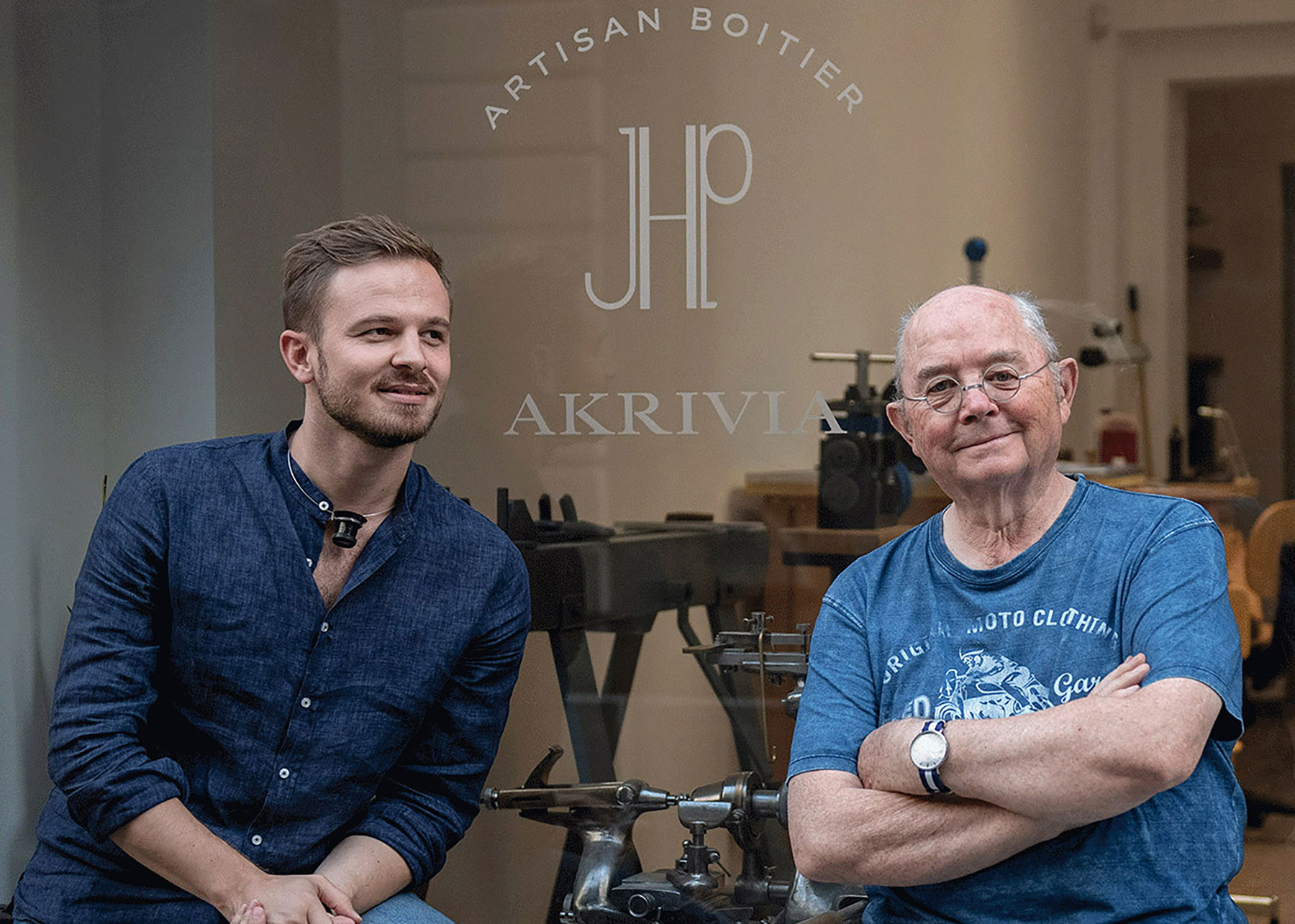
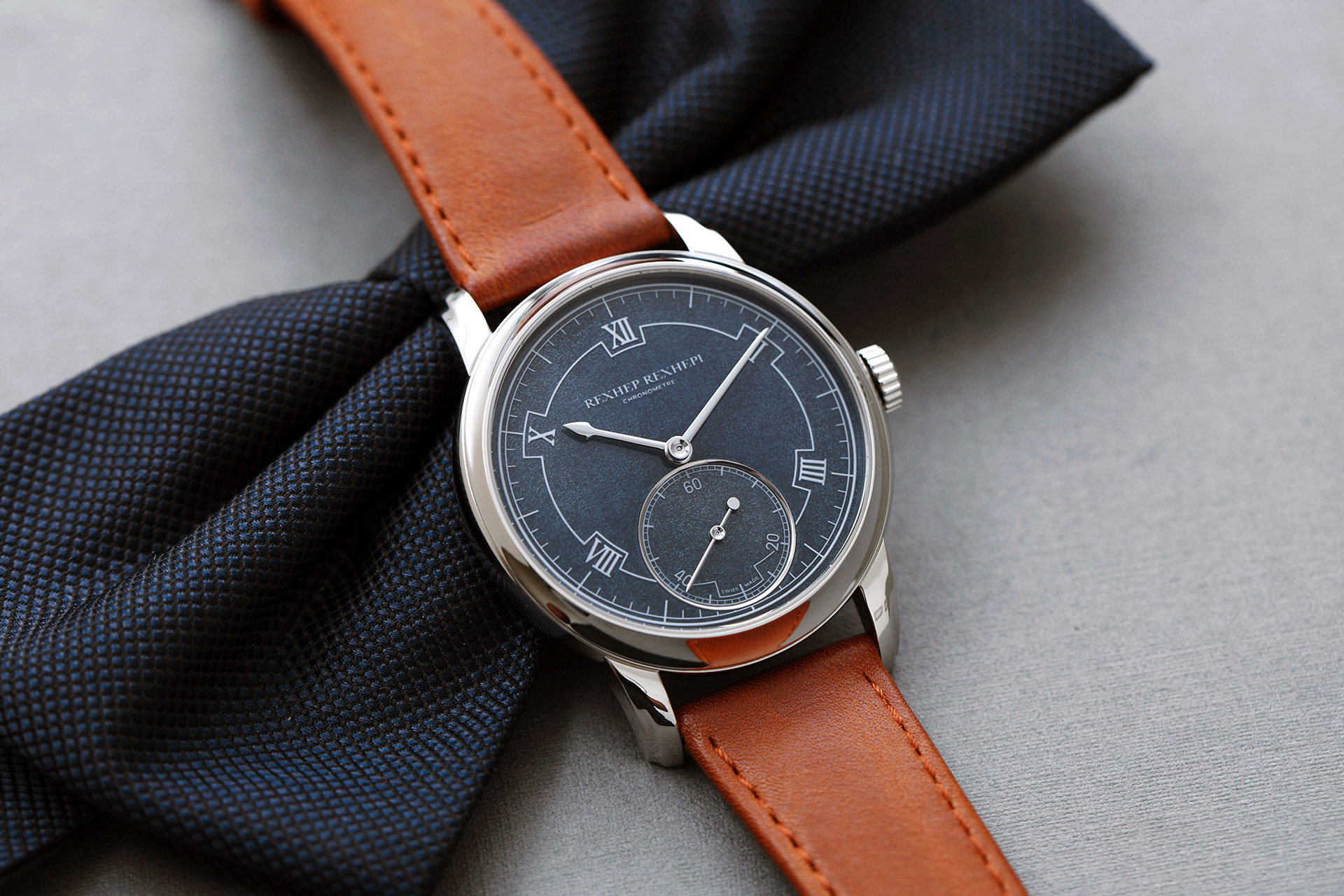
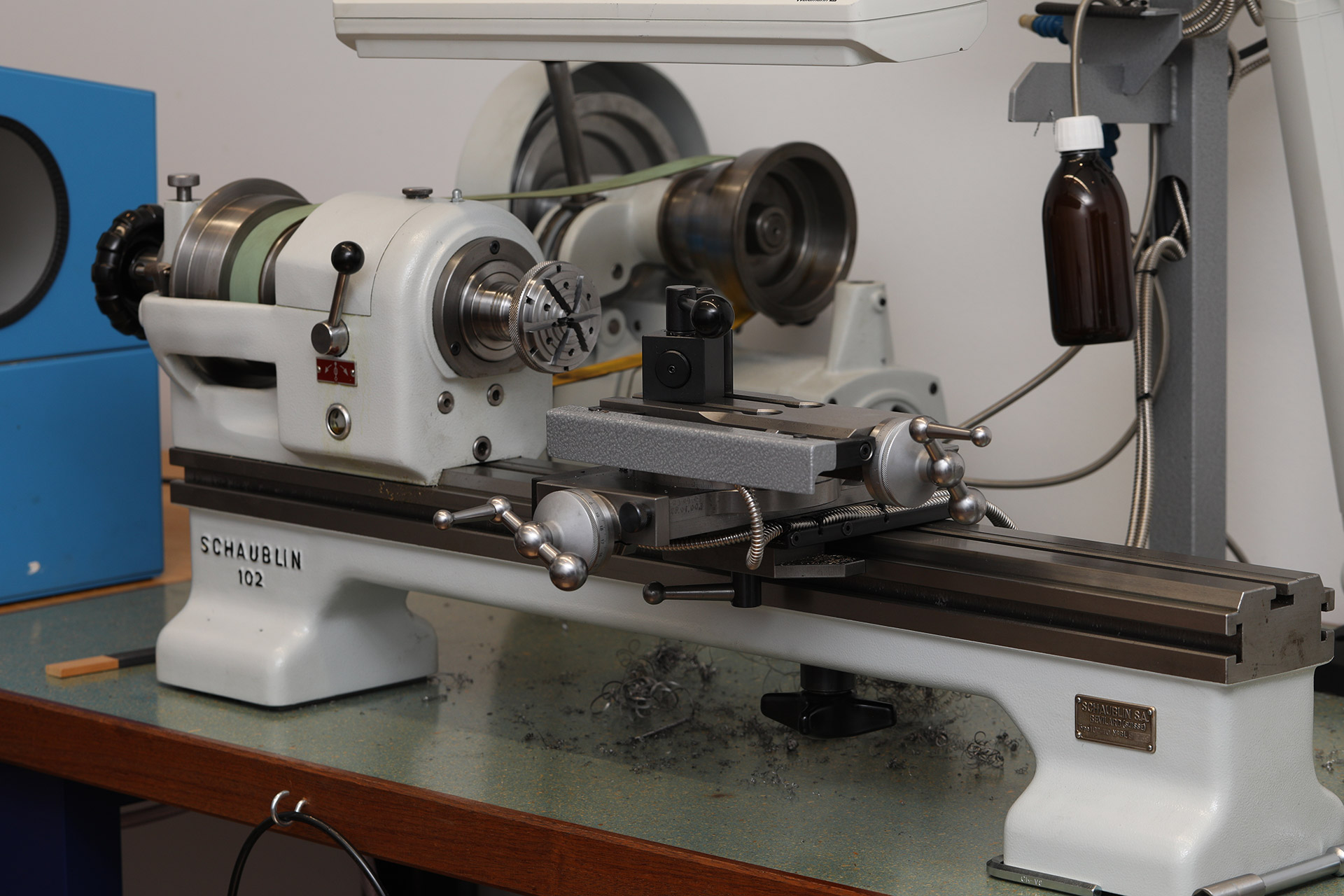
However, movements and dials are where independents like Akrivia really stand apart from larger watchmaking firms. Akrivia finishes its movements to the highest possible standard, with exquisite finishing and beveling even on the components that aren’t visible. Traditional Genevan hand-finishing techniques are used, such as Côtes de Geneve, black polishing, and perlage in every nook and cranny. To make this even more impressive, no watchmaker has their own task in the workshop. Rather, each watchmaker has mastered all the arts necessary for finishing and assembling the watches, meaning each watch is finished and assembled by one single watchmaker.
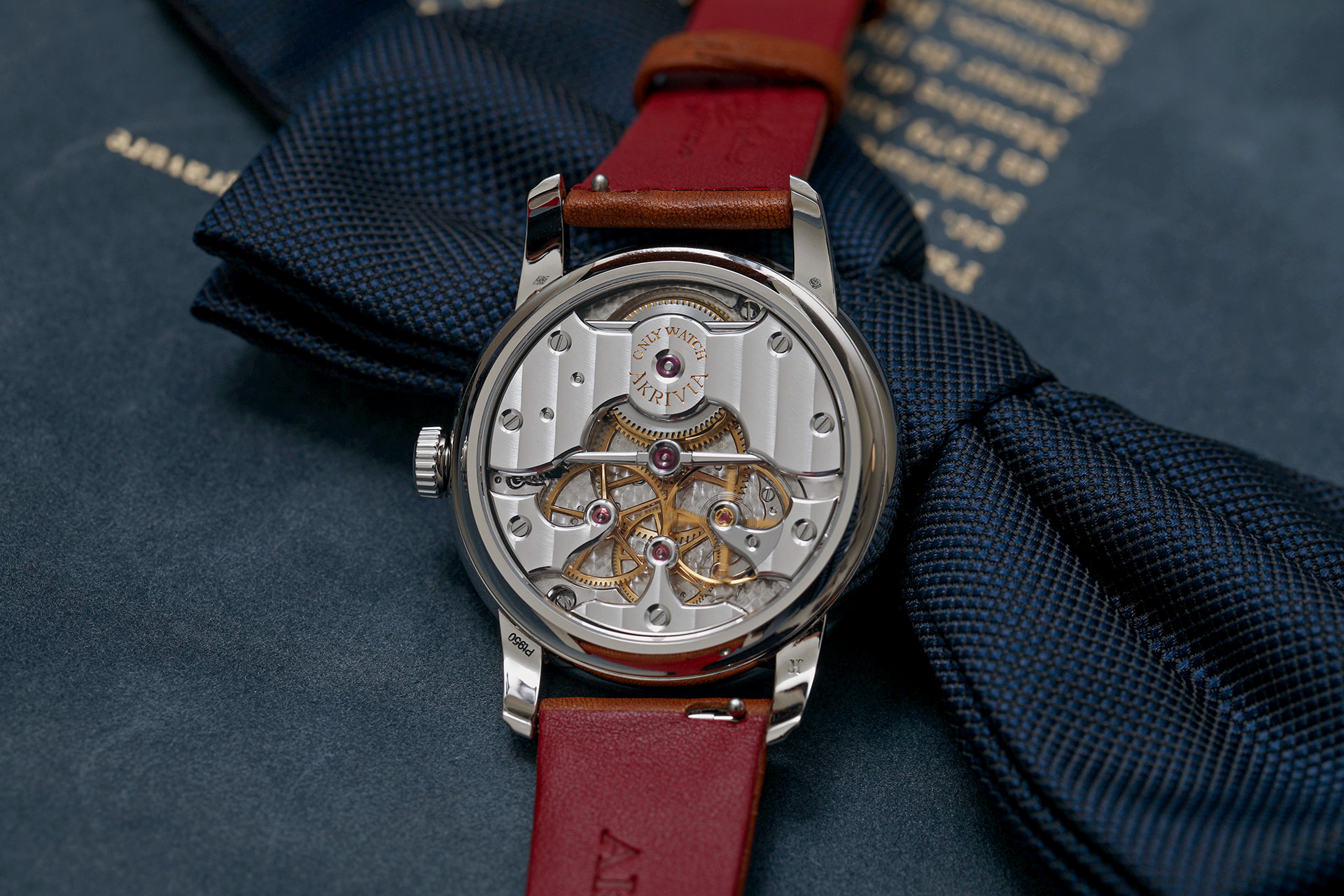
Just recently, Rexhep announced the unique piece Chronomètre Antimagnétique which would have been sold at the Only Watch 2023 charity auction in November. It features a stainless-steel case with a faraday cage in order to give the watch resistance to magnetism.
F.P.Journe
François-Paul Journe is a name that rings in the ears of passionate independent watch collectors, and to call him a master of contemporary watchmaking and design would be an understatement. Born in Marseille and educated at Ecole d’Horlogerie de Paris, he first established himself in Switzerland in 1989. Two years later, after various small projects, he created his first wristwatch: a prototype of the now Tourbillon Souverain, which incorporated a remontoire system for the first time ever in a wristwatch. This ensures constant force on the escapement in order to maintain the accuracy of timekeeping as the power reserve is depleted. The movement and gear trains were constructed entirely out of 18-carat yellow gold, and the watch still resides with Mr. Journe himself.
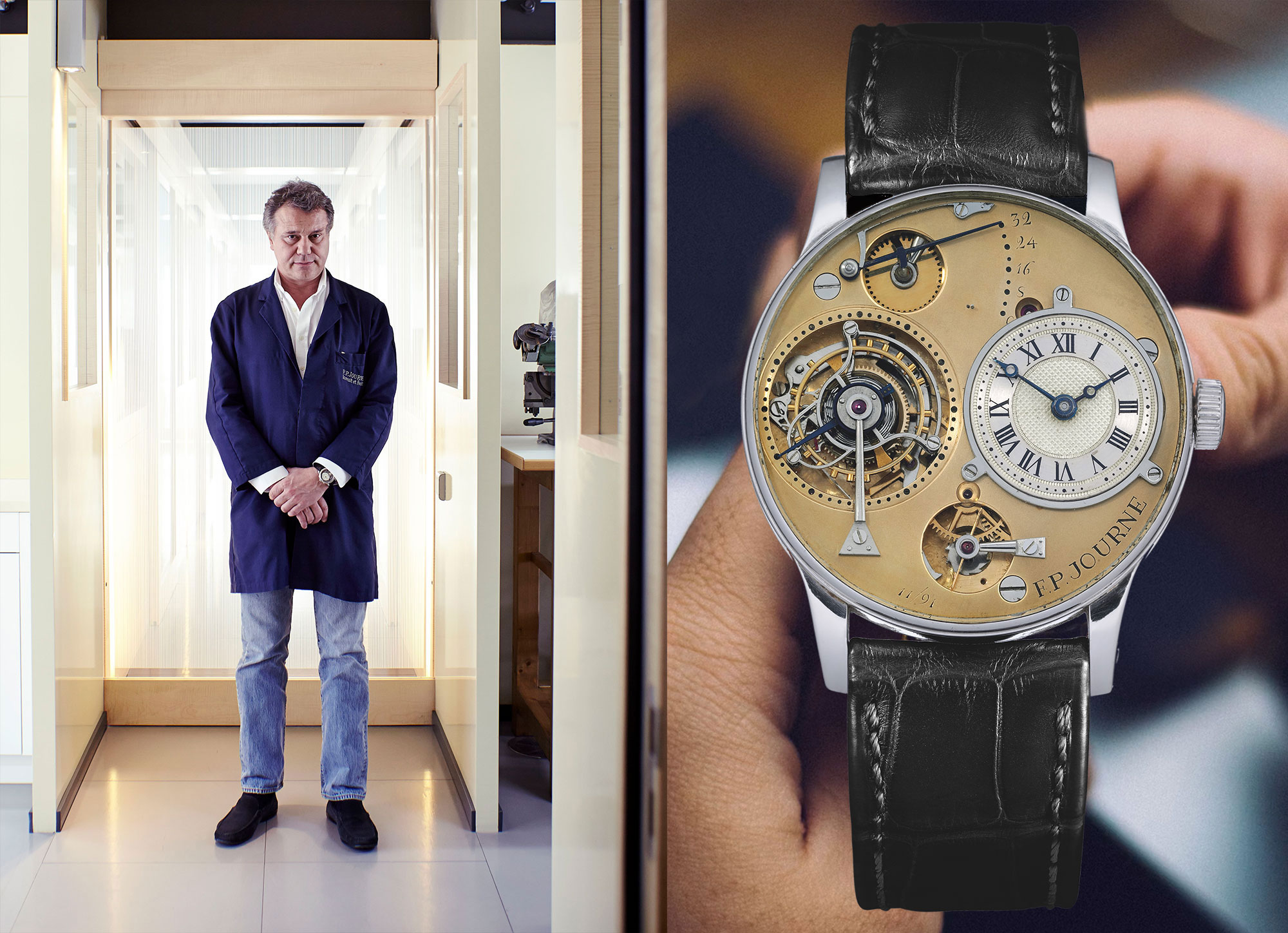
In 2000, Mr. Journe presented the world with another milestone in the history of horology: the first resonance wristwatch. Resonance in a wristwatch is the principle by which the two balance wheels of a watch fitted with twin movements eventually become synchronised and self-regulated after running independently for some time. A phenomenon often seen with clock pendulums or metronomes, it is an incredible achievement in a wristwatch. The F.P.Journe Chronomètre à Résonance now also incorporates the brand’s remontoire system, the Remontoire d’Egalité, and is one of the most coveted and iconic models in its line-up.
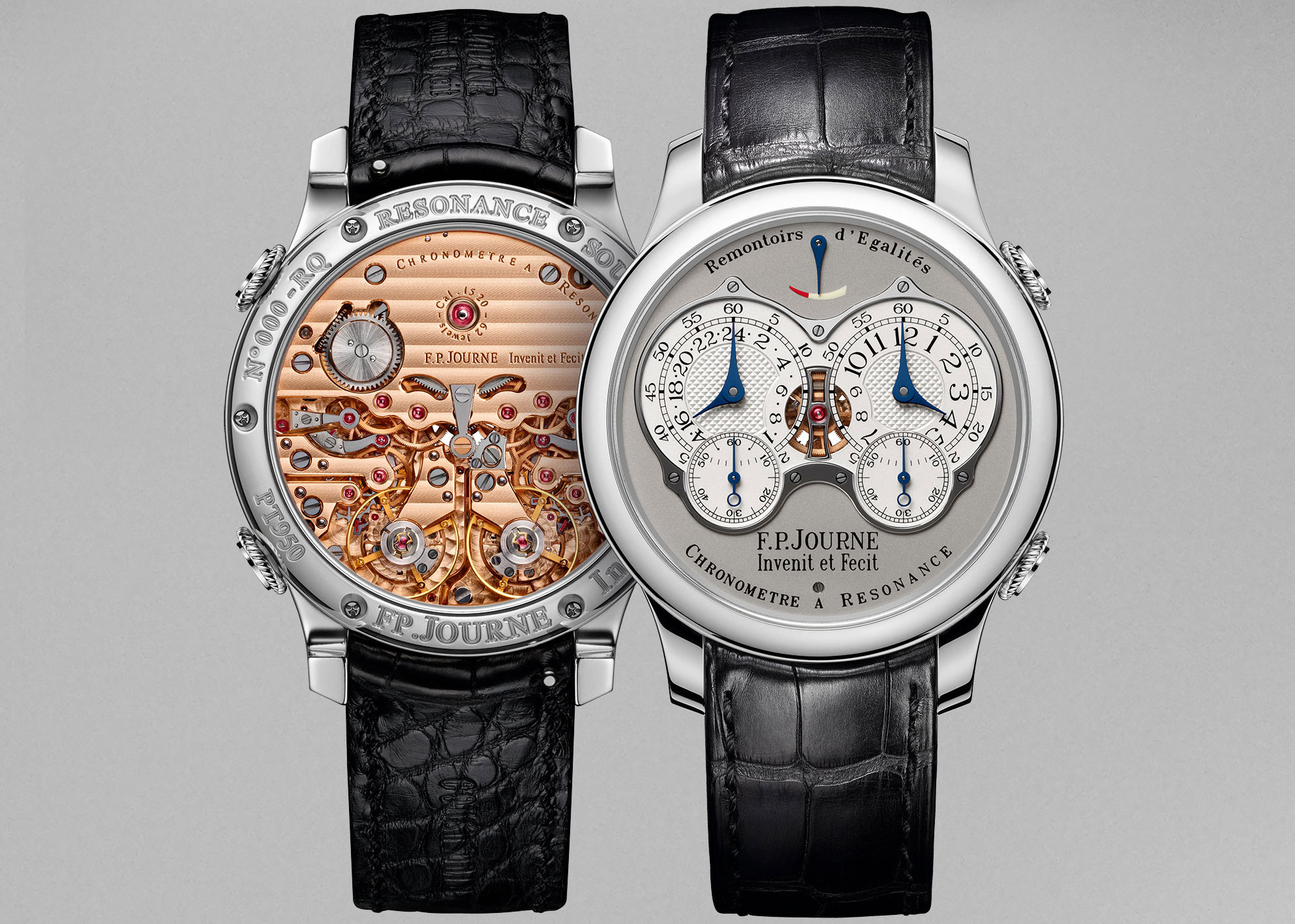
Over time, Mr. Journe has gained the recognition he deserves as a superb watchmaker and now produces around 1,000 (mechanical) watches a year across a range of collections and complications, including sports models. He has collaborated with various individuals and companies to create special models, such American film director Francis Ford Coppola to create a unique piece with instantaneous digital hours indicated by a blue fired hand. This watch sold in 2021 at Christie’s for CHF 4.5 million, and remains the most expensive F.P.Journe ever sold at auction as well as in the top 25 most expensive wristwatches ever sold at auction.
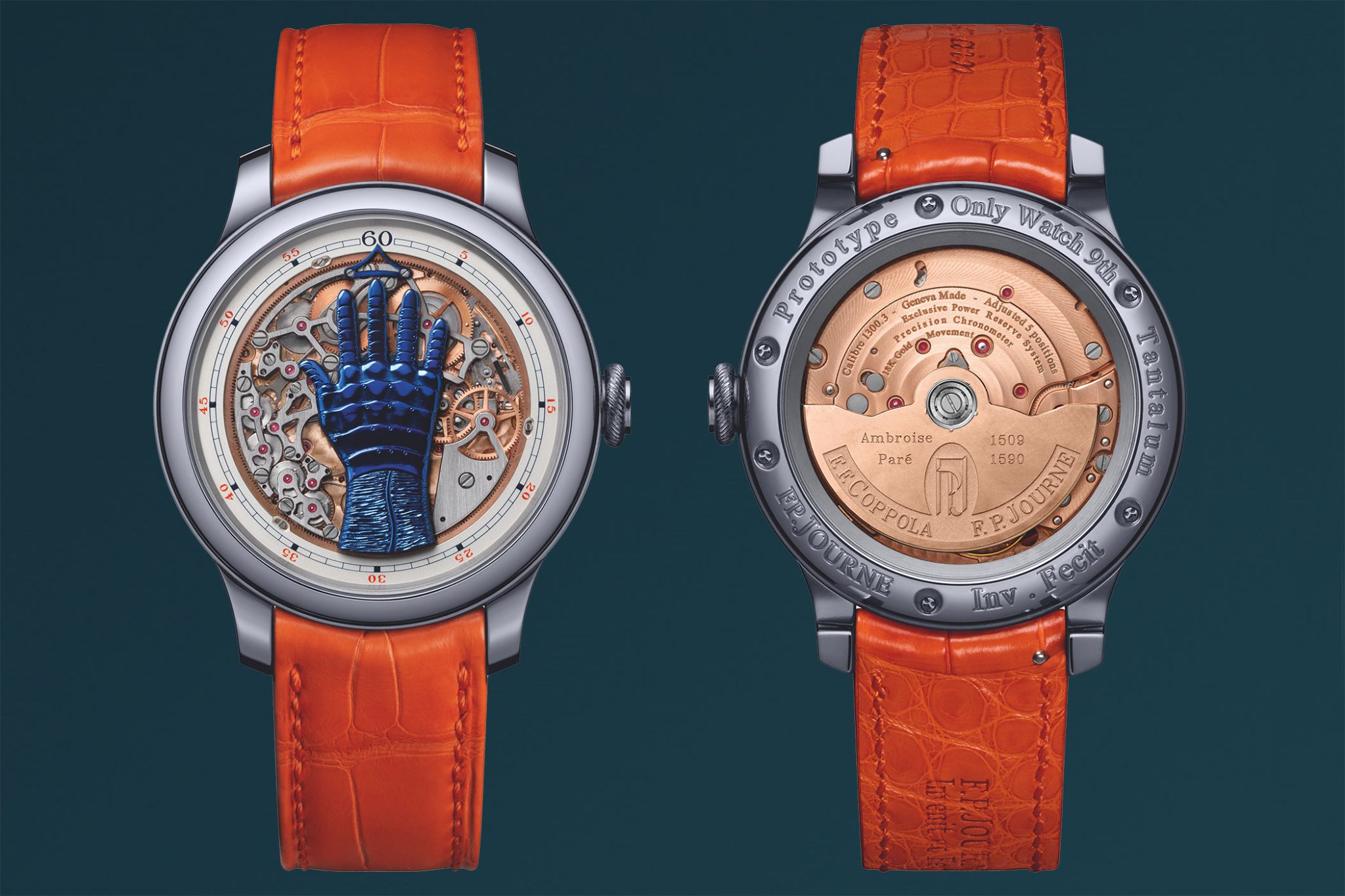
F.P.Journe used to create his movements from brass in the early days, with models such as his Chronomètre à Résonance Souscription, and although these are very collectable, Journe now prides himself in being one of the few (I can’t think of any others) who creates such a proportion of his movements entirely from 18-carat gold. Journe, like most other successful independent watchmakers, is also renowned for his exceptional movement finishing, mastering the top end techniques like black polishing, Côtes de Geneve and mirrored anglage, amongst many others.
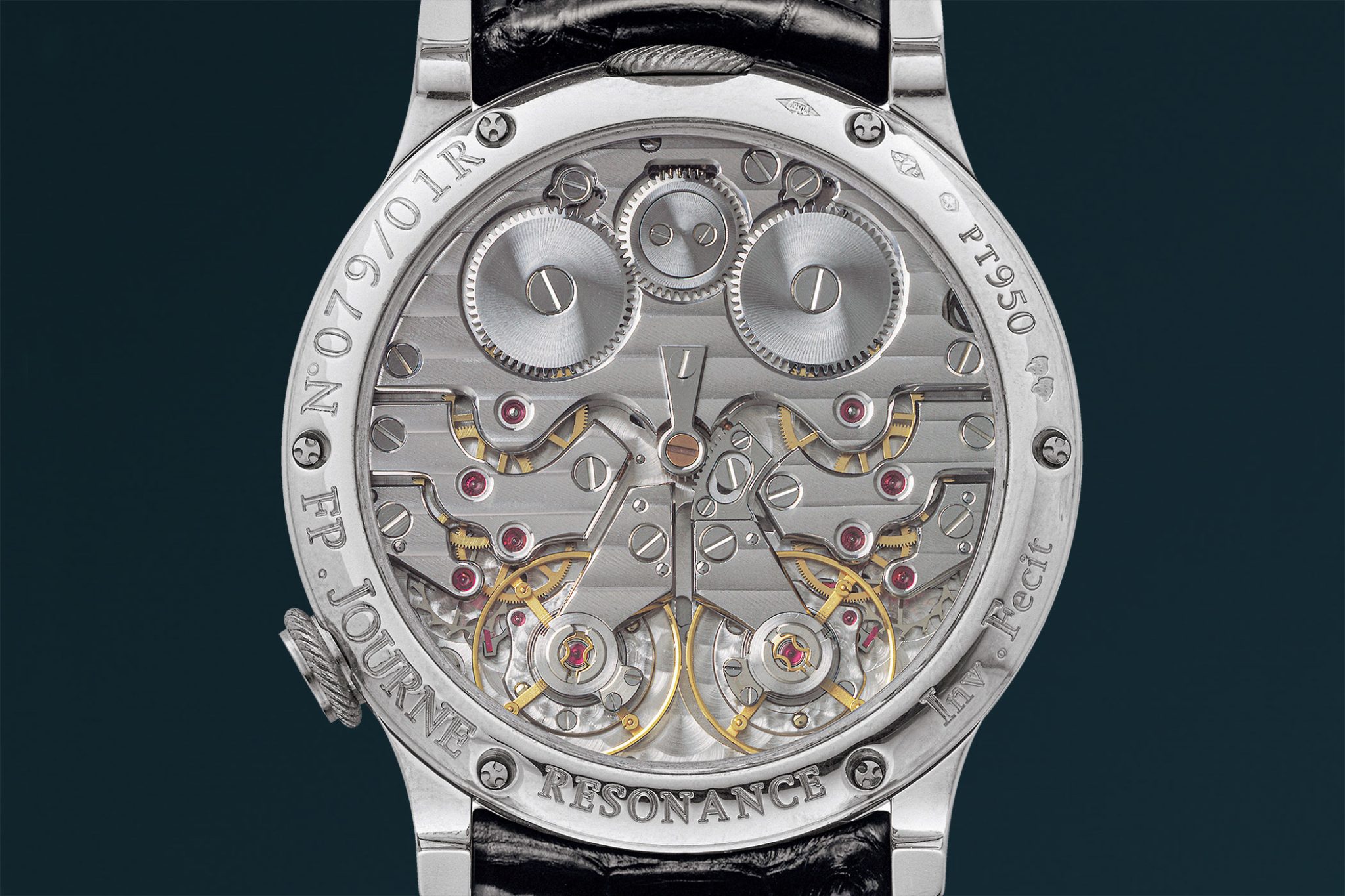
Just recently, F.P.Journe announced another unique piece that would have been up for grabs under the hammer at Only Watch 2023: Chronomètre Furtif Bleu, a manually wound 18-carat rose gold movement dressed head to toe in a full tantalum case and bracelet with a blue enamel dial. As the name suggests, it shares some attributes with the famous Chronomètre Bleu, which also has a stunning blue dial in a tantalum case. The name Chronomètre Furtif means stealthy, and stealthy it is, to say the least. The blue enamel dial is designed so that the frosted Arabic numerals are only visible when the light reflects off them. In other words, it’s like the ultimate privacy screen protector for your F.P.Journe rather than your iPhone. As well as this, the watch has a moonphase and power reserve indicator, both nestled in the 18-carat rose gold movement and only visible from behind. So, this watch really is only for the wearer to enjoy.
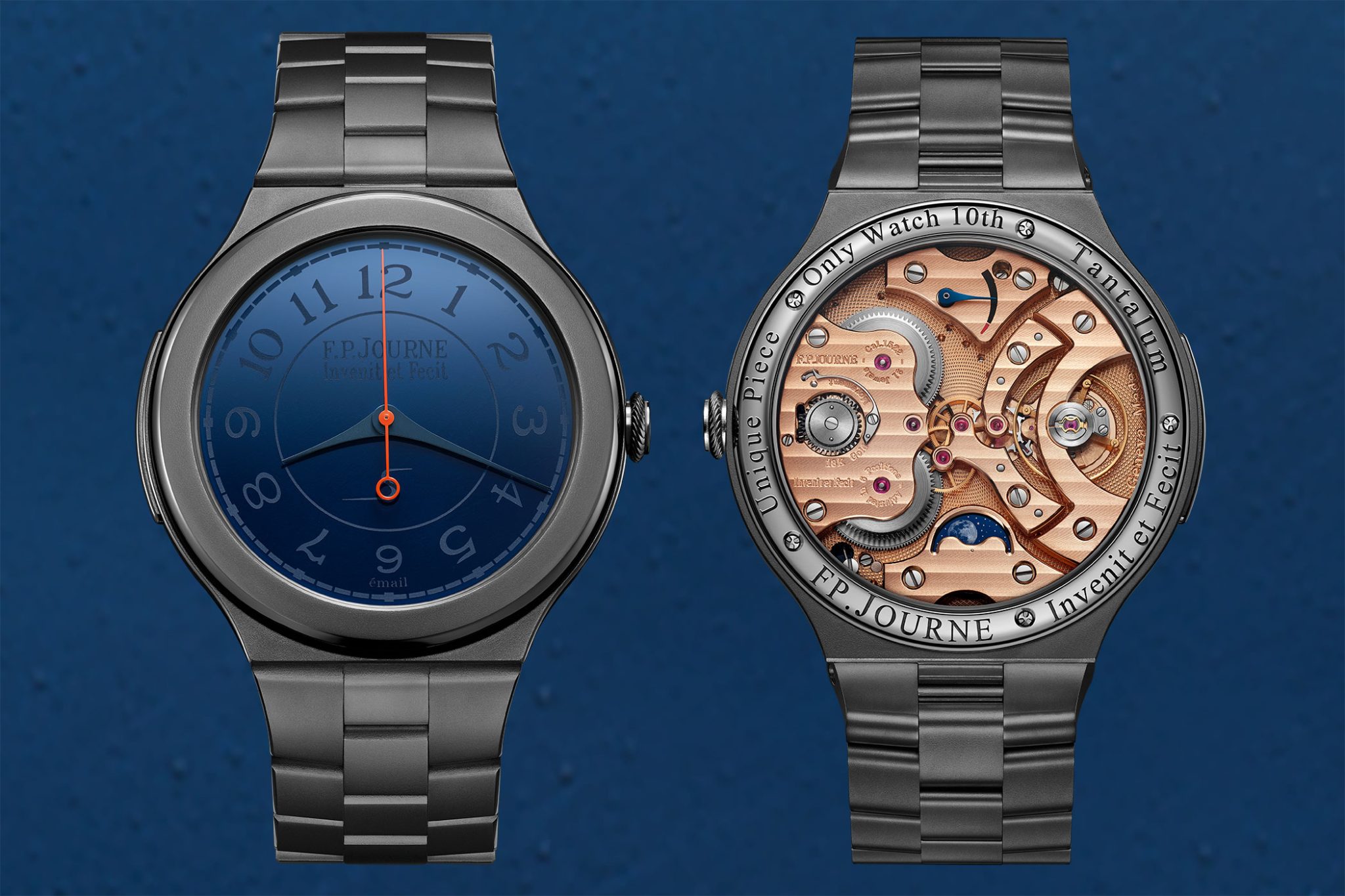
MB&F
Not all independent watchmakers have to be traditional, and MB&F is – at first glance – certainly not. Graduating in Lausanne with a Master’s degree in micro-technology engineering and later working for Jaeger-LeCoultre and Harry Winston, Maximilian Büsser always had a passion for horology. In 2005, he set up Maximilian Büsser and Friends, or MB&F, a brand that prides itself upon creating extremely modern and aggressive (in a good way) ‘machines’ with interesting and complicated ‘engines’. Yes, there certainly is an engineering theme behind his creations!
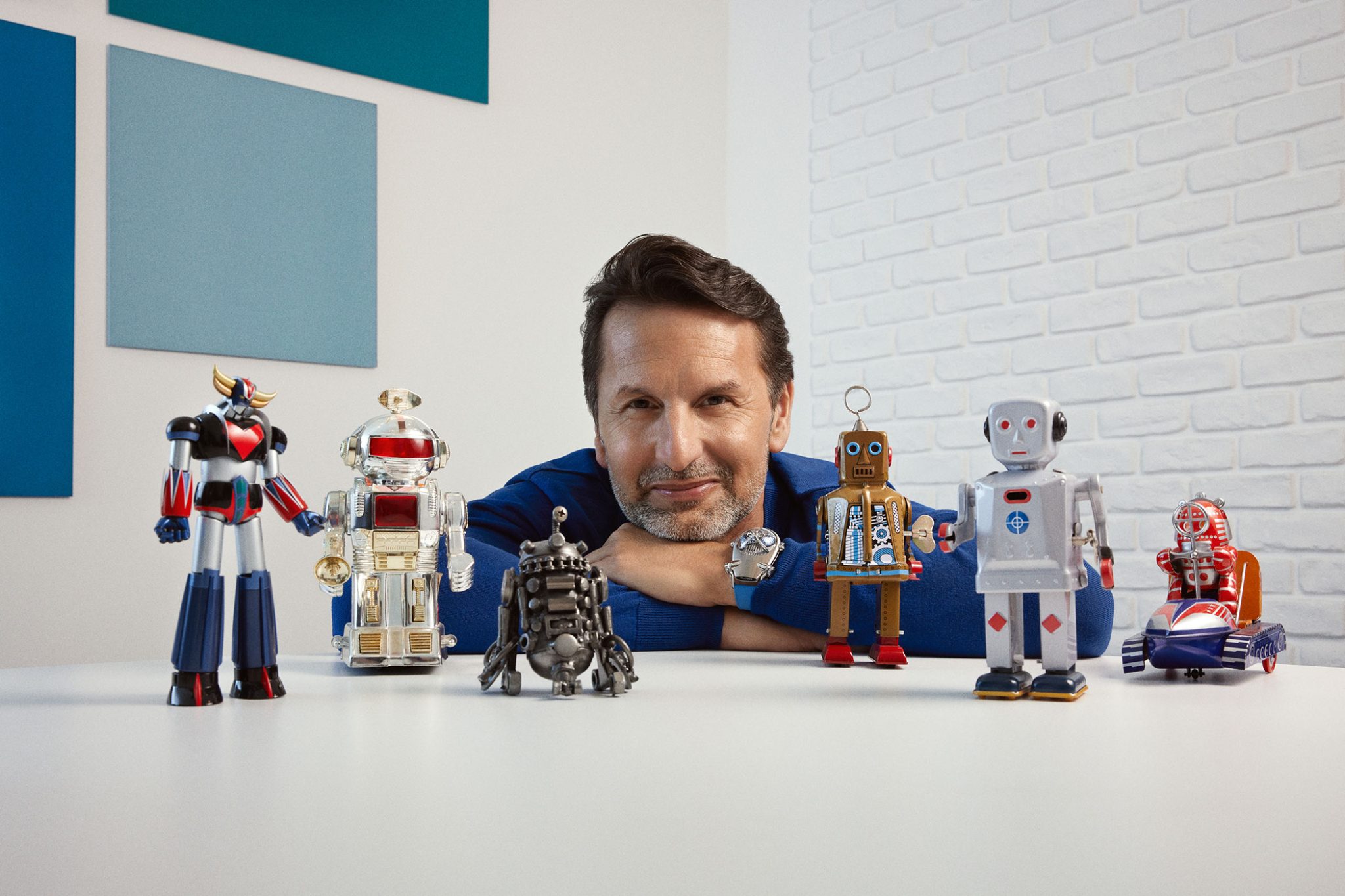

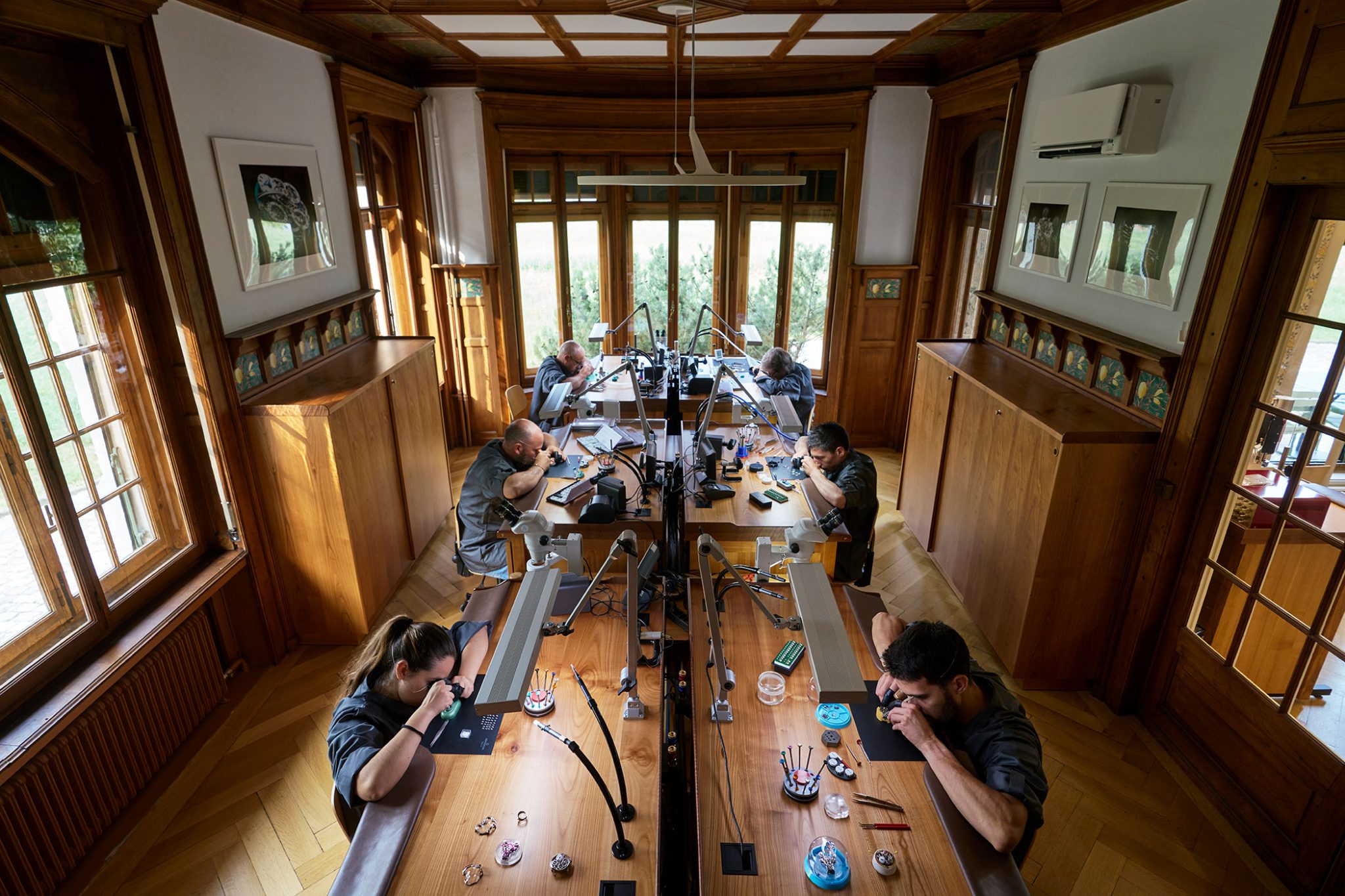
In 2007, the first MB&F watch was released and named the Horological Machine No. 1. This avant-garde masterpiece almost looks a time machine, and it may just have been so, as it was extremely futuristic for its time, even down to the movement. The incredible 81-jewel ‘engine’ was the first movement ever to have four mainspring barrels connected both in parallel and series, giving the watch an immense one-week power reserve. As well as this, a tourbillon serves as the beating heart in-between the separate hours and minute hands. Available in red gold, white gold, or PVD coated white gold.
Besides the Horological Machine line-up, which is now over ten models long, MB&F have created other line-ups full of futuristic-looking ‘machines’, as Max puts it. In 2011, the Legacy Machine line-up was born with the creation of the Legacy Machine No. 1. The model came from a vision that Max had about creating ‘three-dimensional machines for the wrist’ in a round case, as if he were thinking a century prior. The three-dimensional watch boasted a dial with a flying balance wheel suspended in the centre, a vertical power reserve that looks like a thrust lever from a high-tech aircraft, and two independent time zones on each side. As well as this, the movement was finished to a very high standard, reflecting techniques from the 19th century, which seems all rather fitting considering it was developed partly by the Finnish watchmaker Kari Voutilainen, an exquisite traditional finisher in his own right.
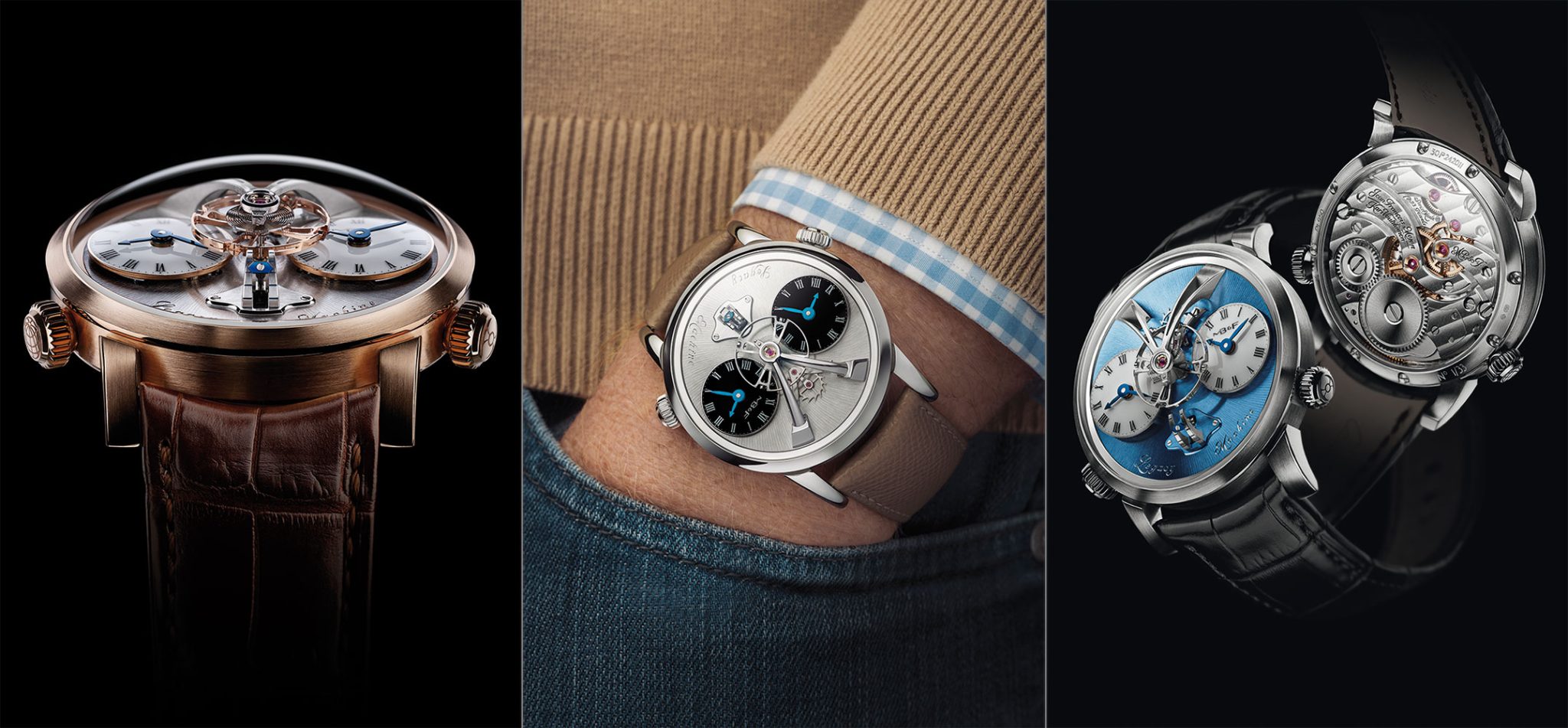
MB&F has also developed the MAD Gallery, which stands for Mechanical Art Devices. Located in Geneva, Dubai, and Taipei, the MAD Galleries exhibit a wide variety of engineering masterpieces, including but not limited to the ones created by MB&F. Other well-respected creators of ‘kinetic art’ also have their creations on display in the galleries.
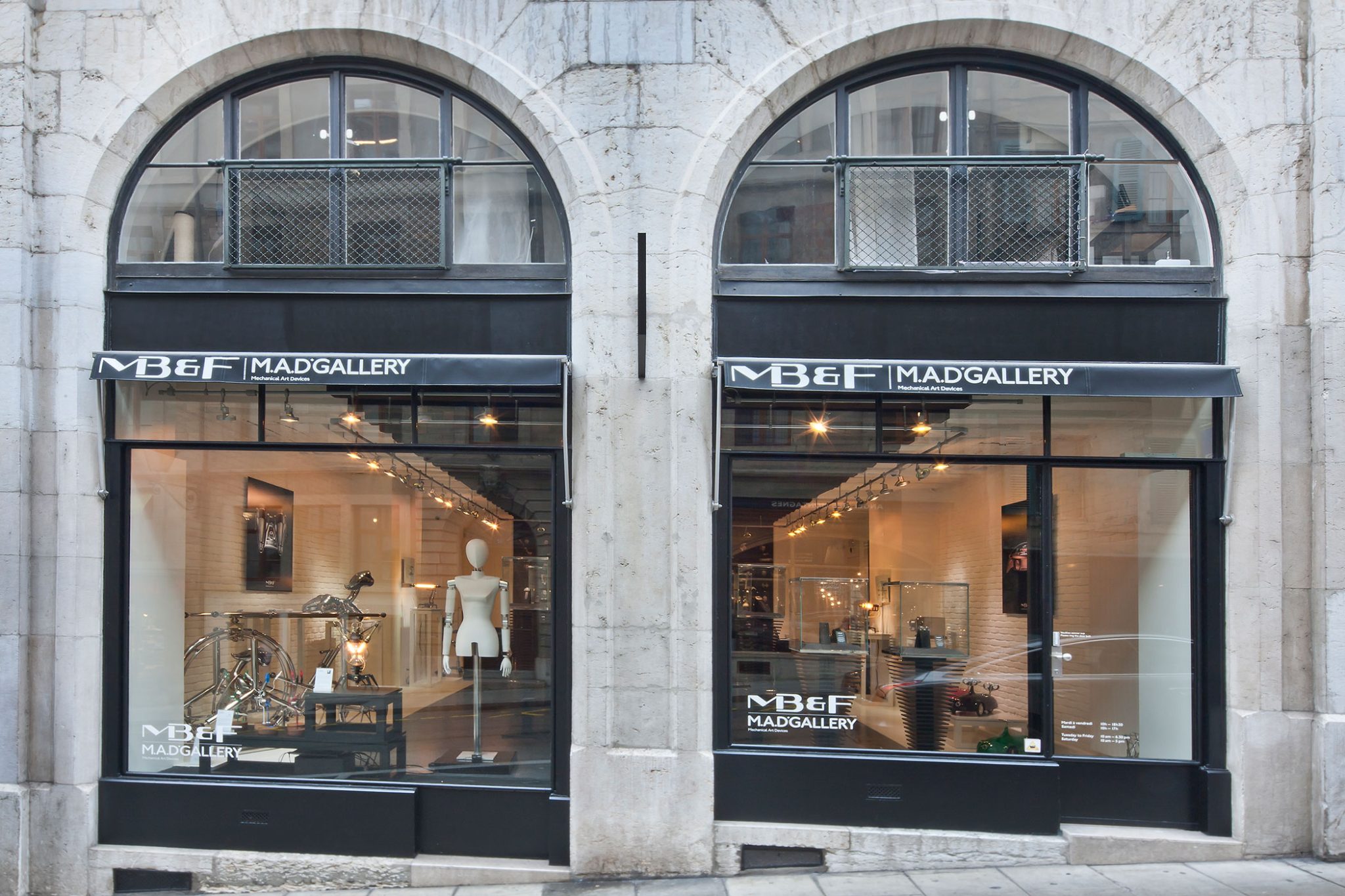
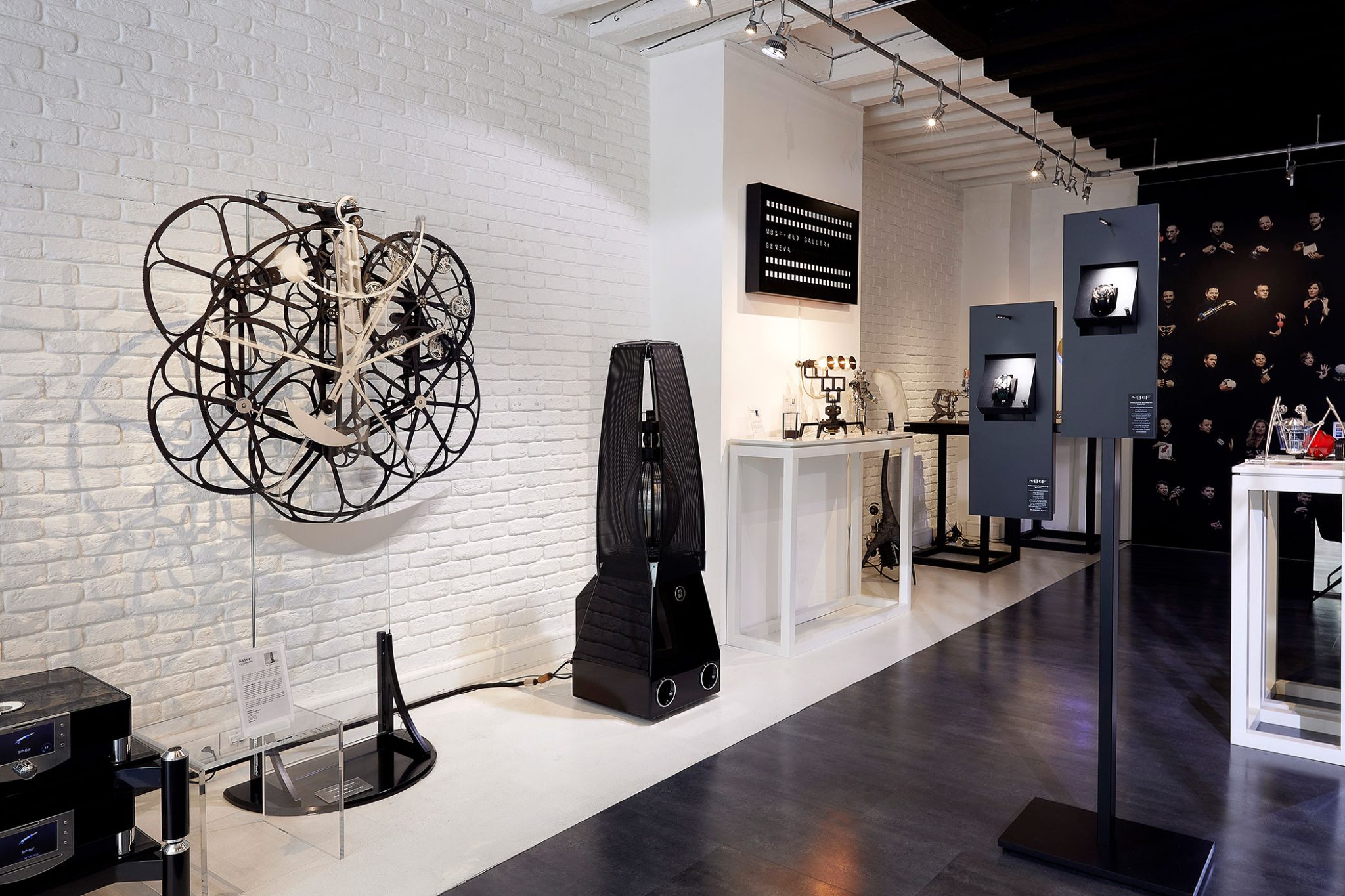
MB&F continues to push the boundaries of futuristic design and movement engineering with the brand’s latest collaboration for Only Watch 2023 (which has been postponed). Teaming up with H. Moser & Cie, they created the Streamliner Pandamonium. A fusion of the DNA of both brands results in the stainless-steel case and bracelet of the Moser Streamliner and a sunburst aquamarine fumé dial that is reflective of the Legacy Machine line-up.
